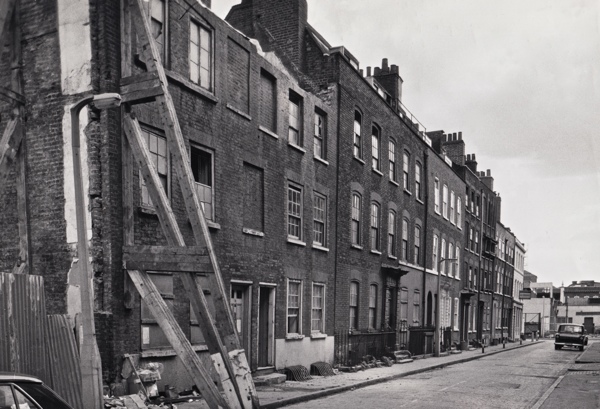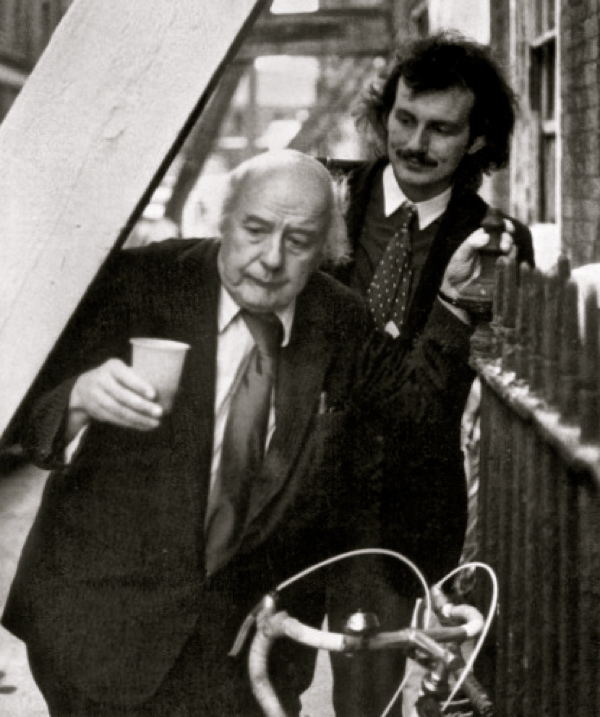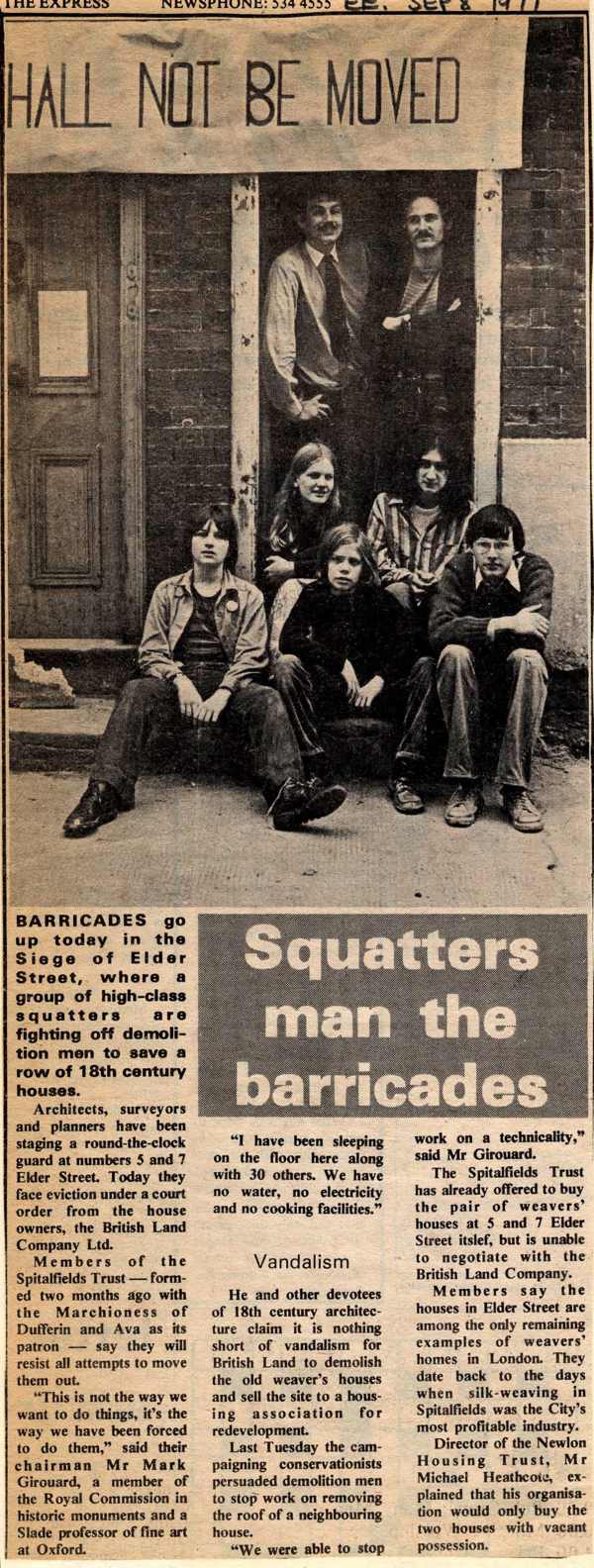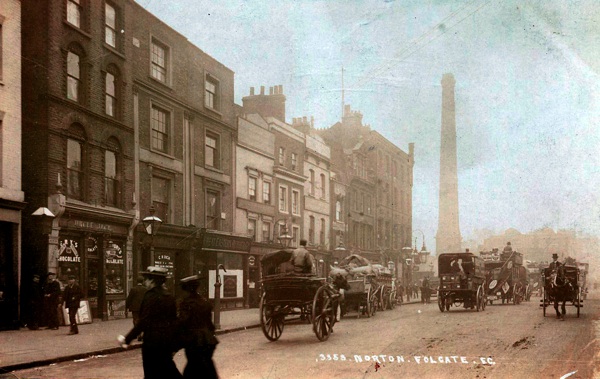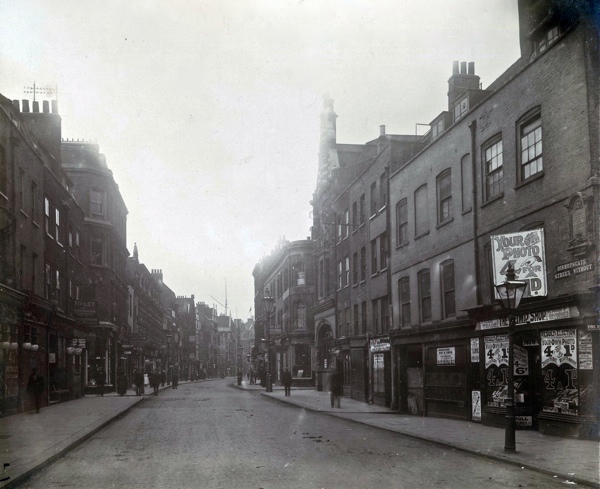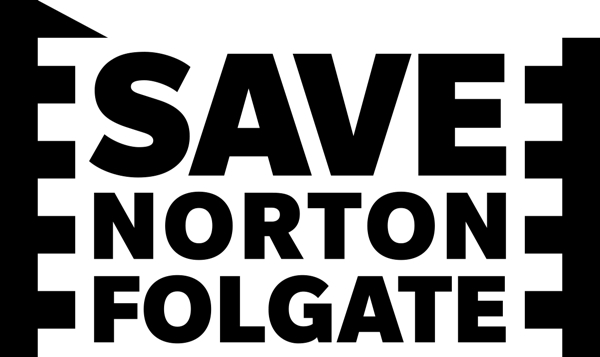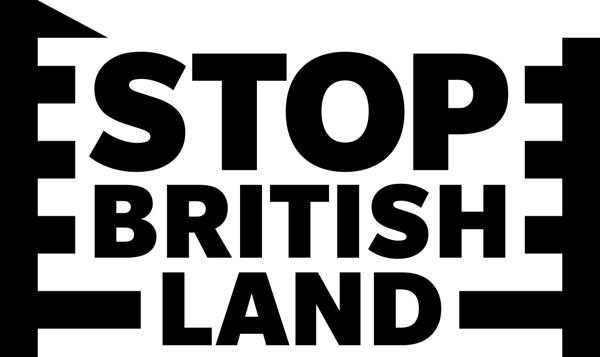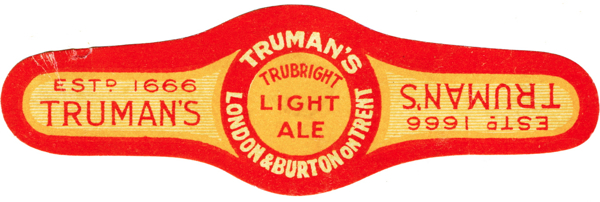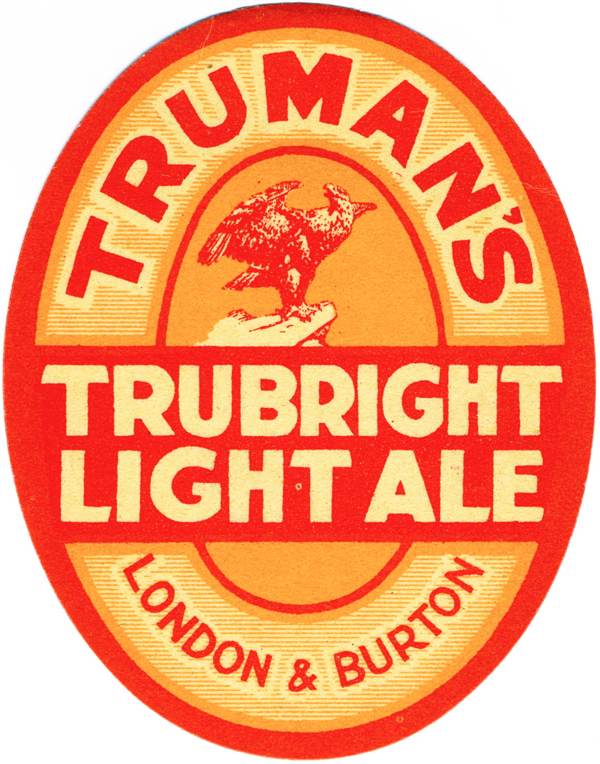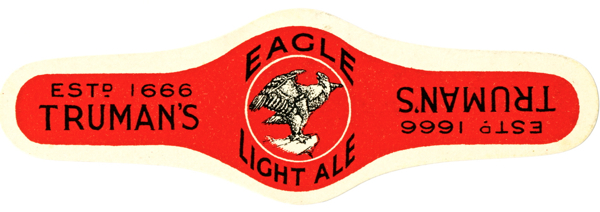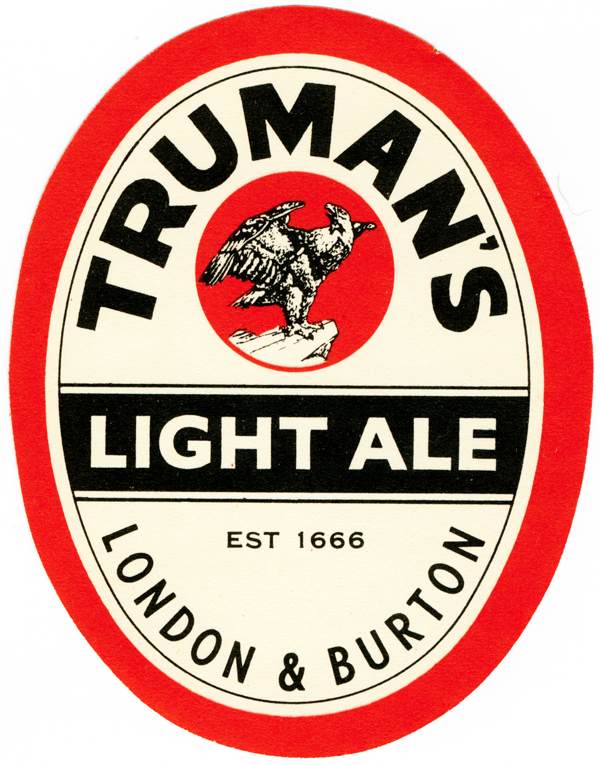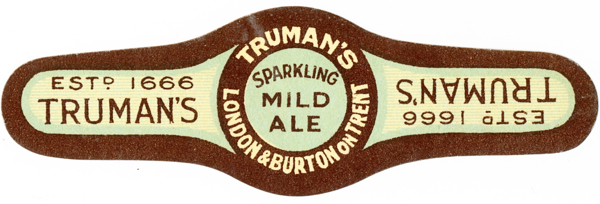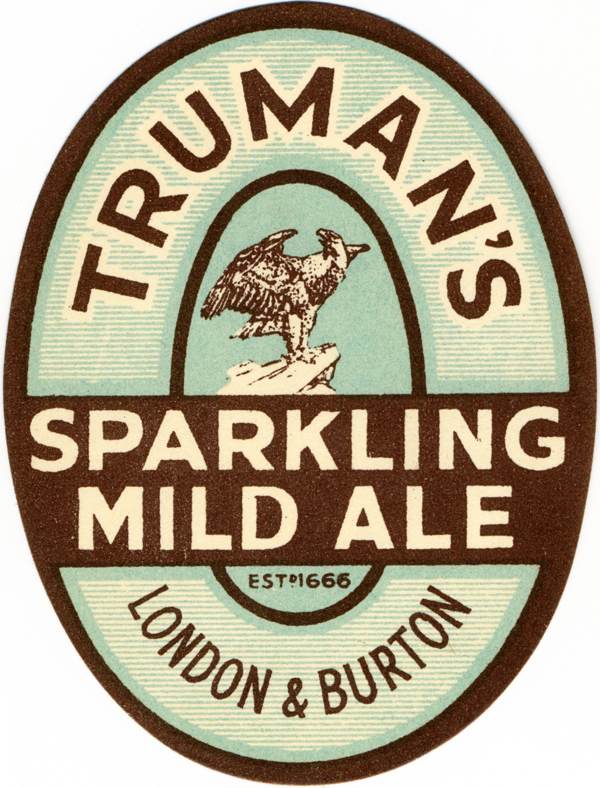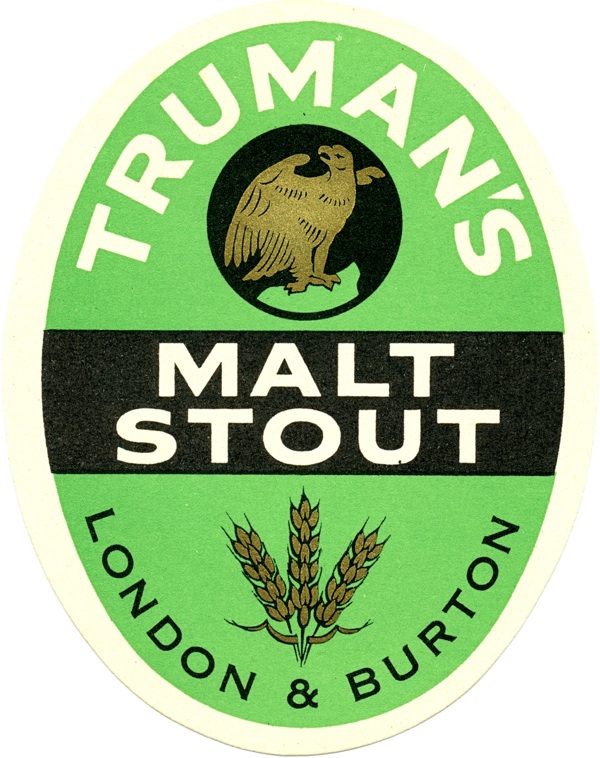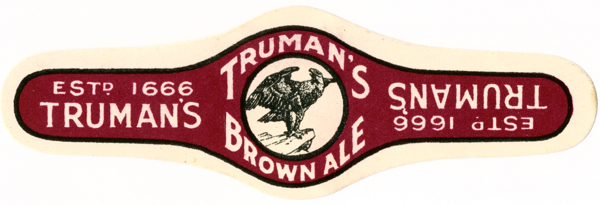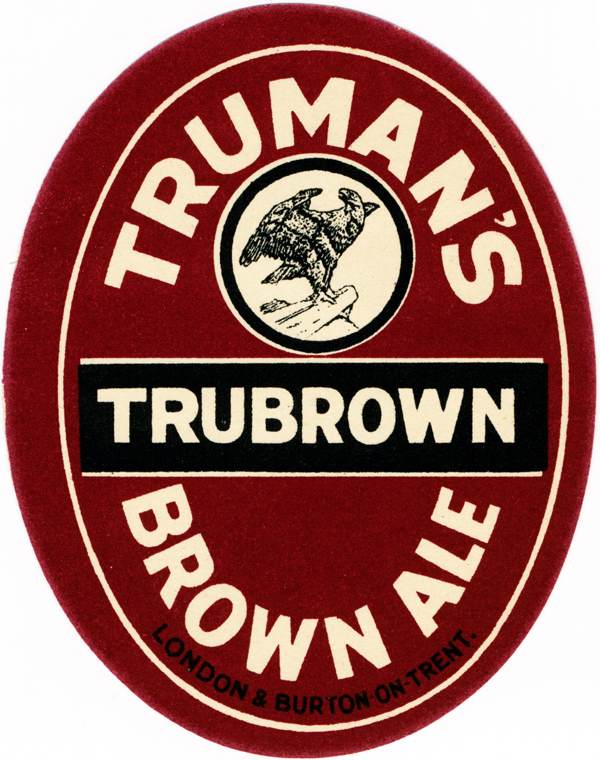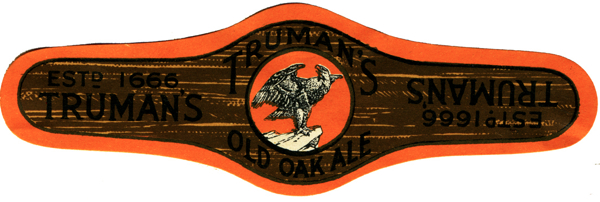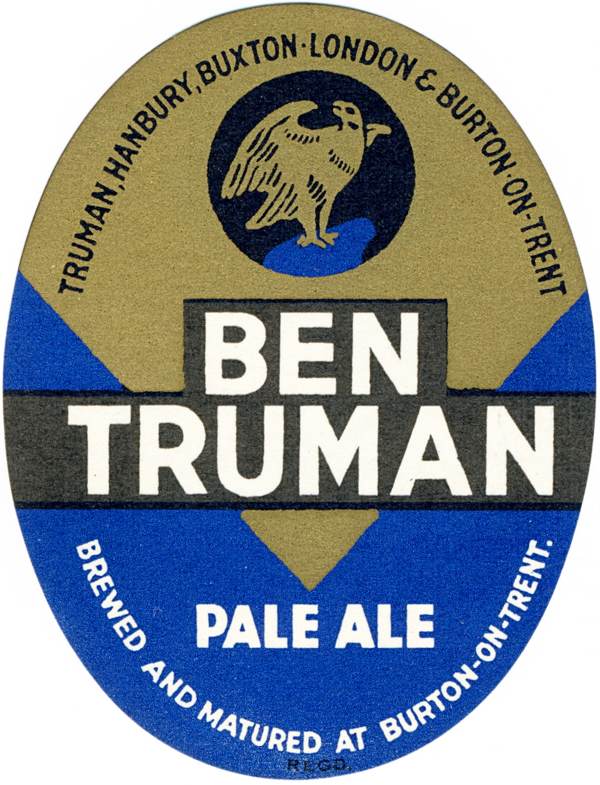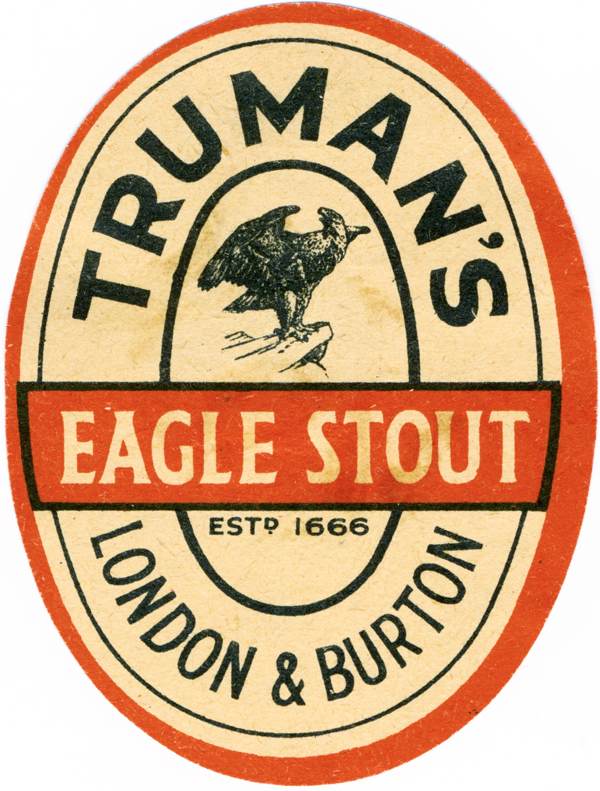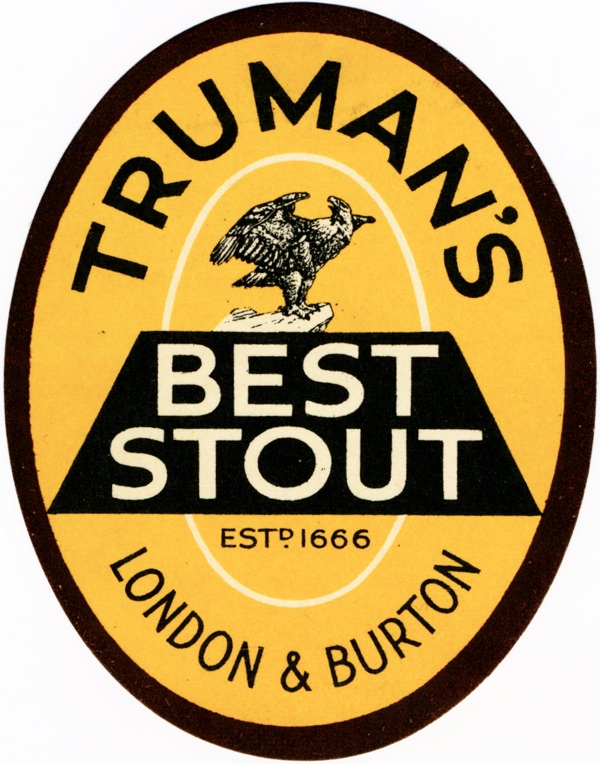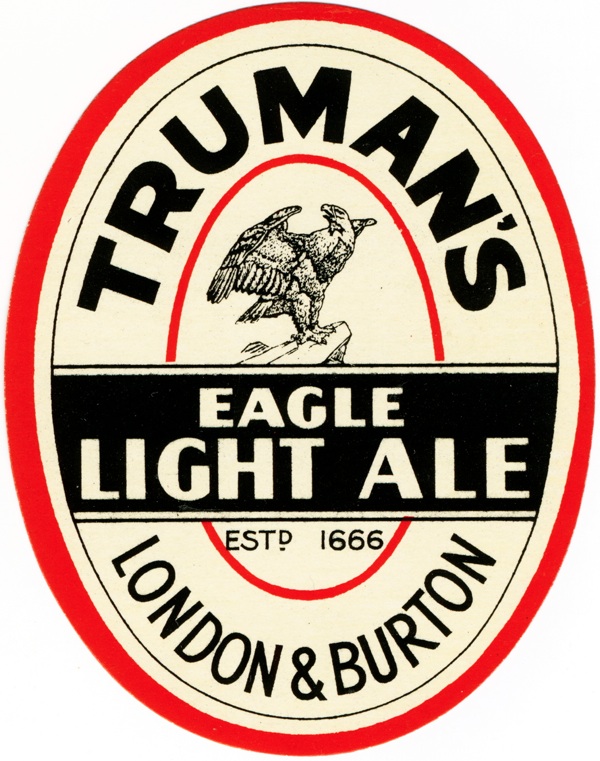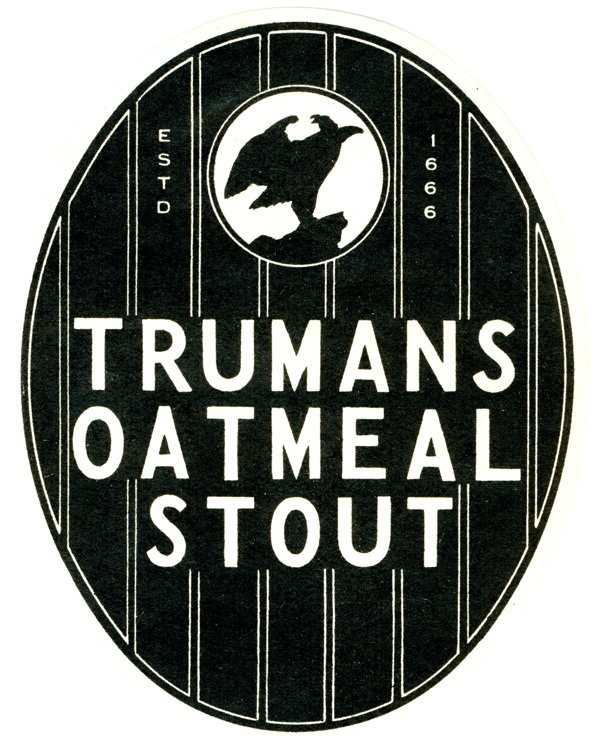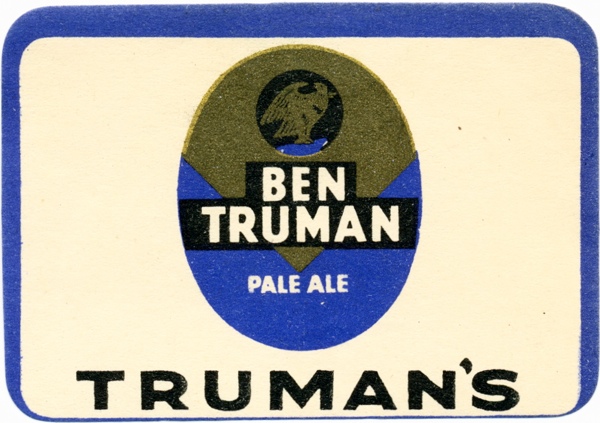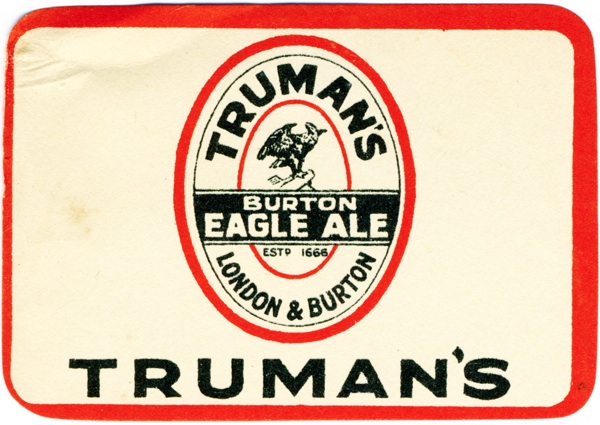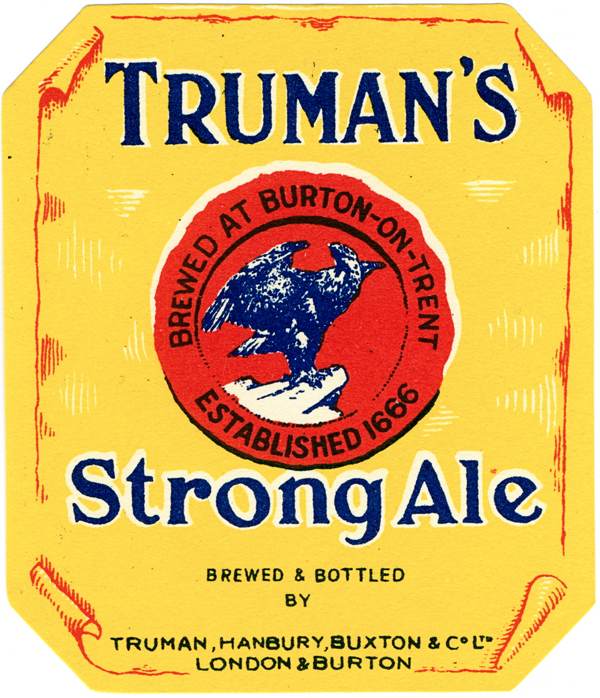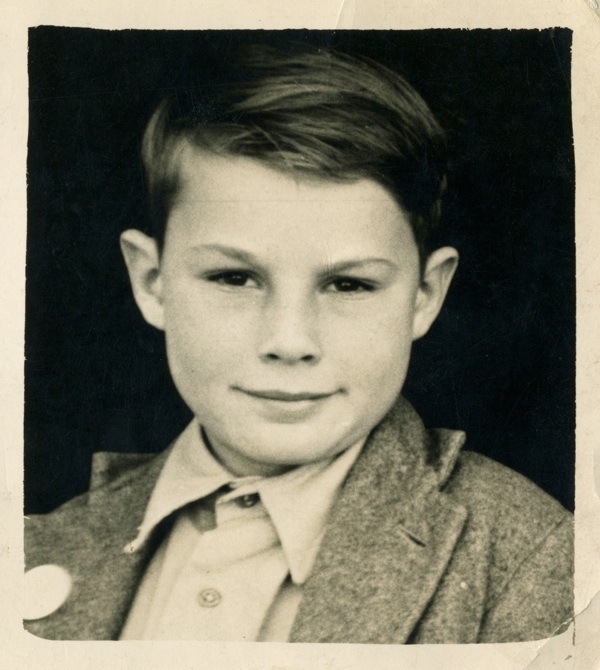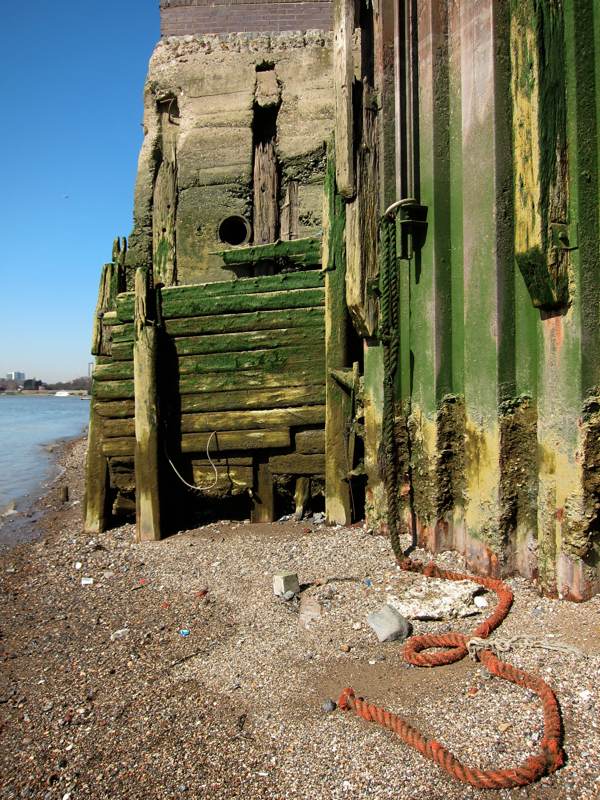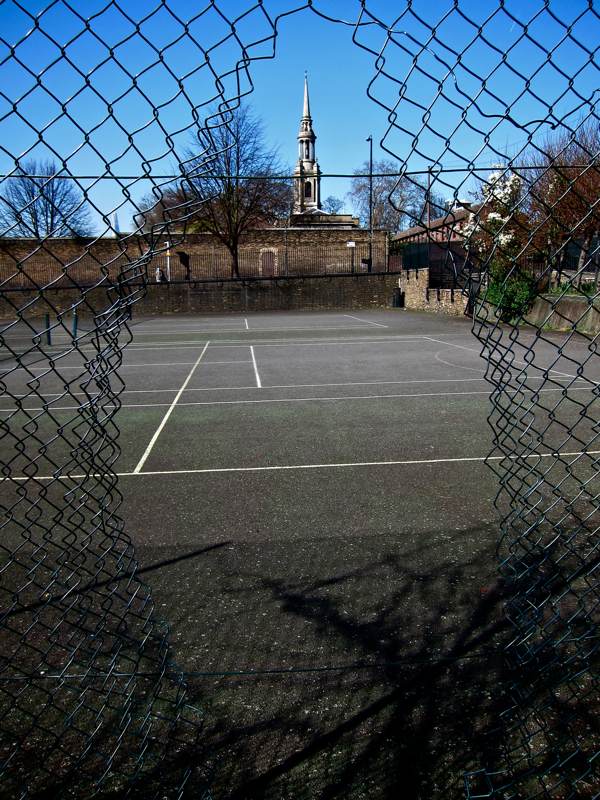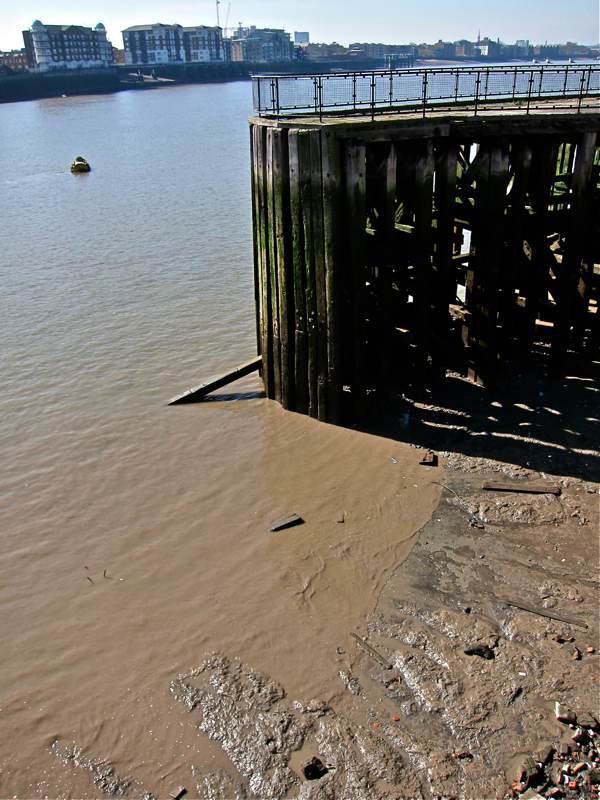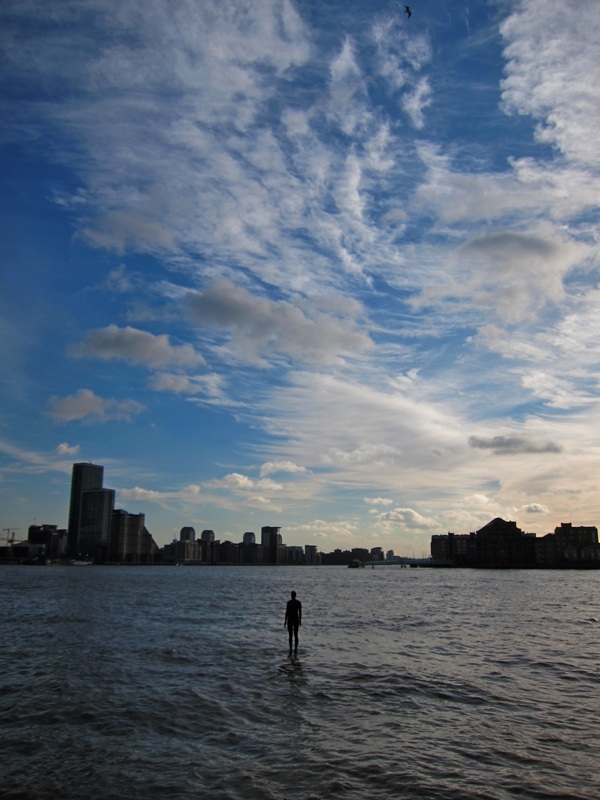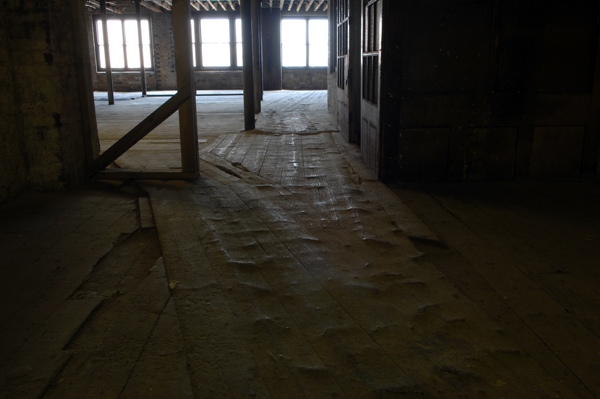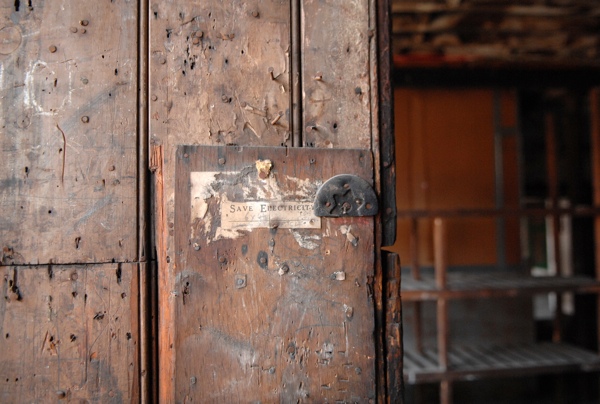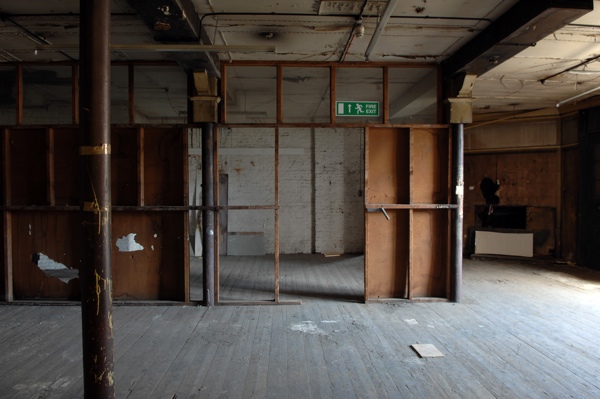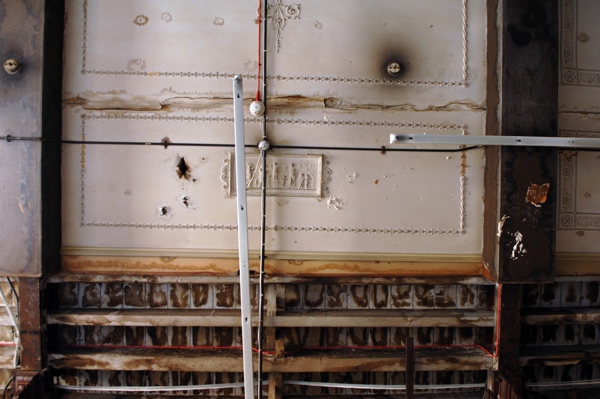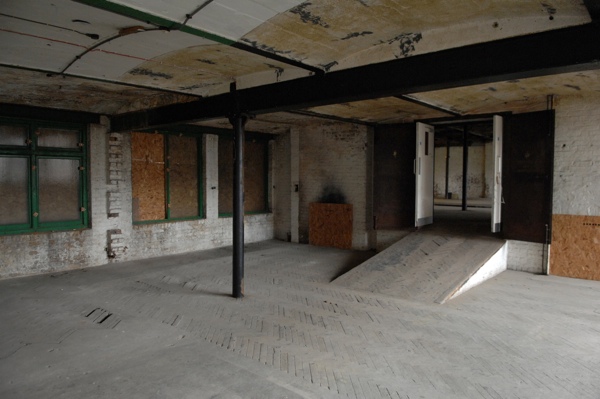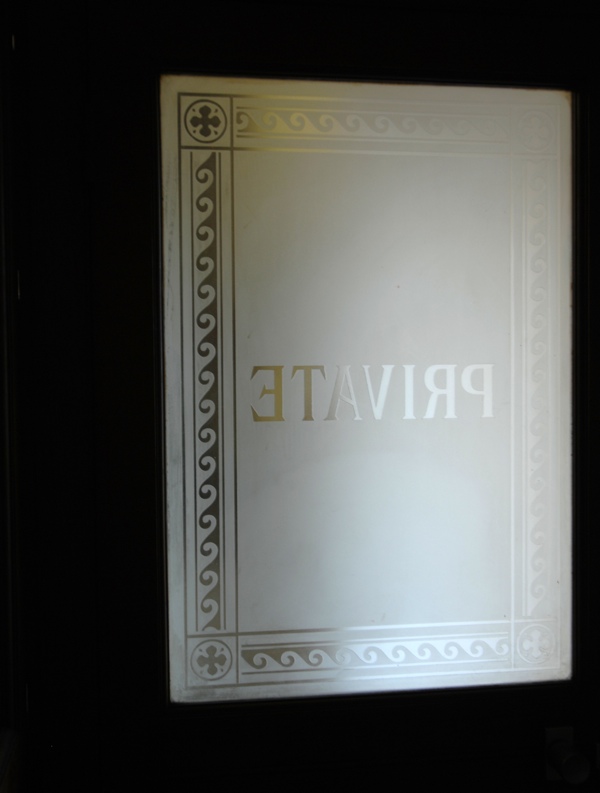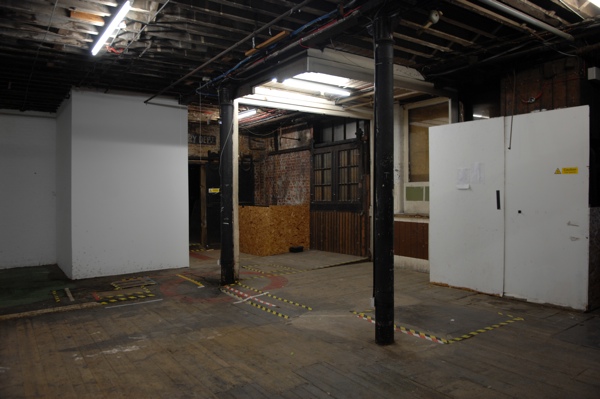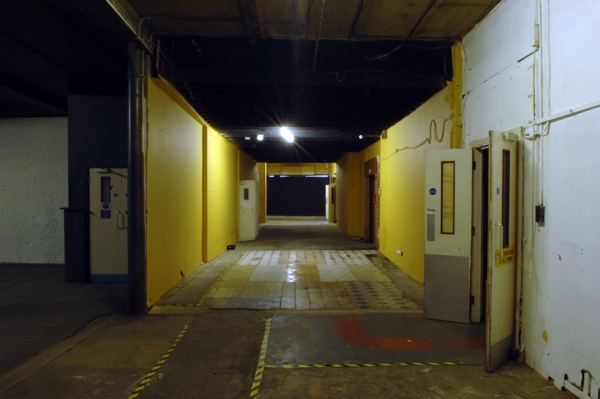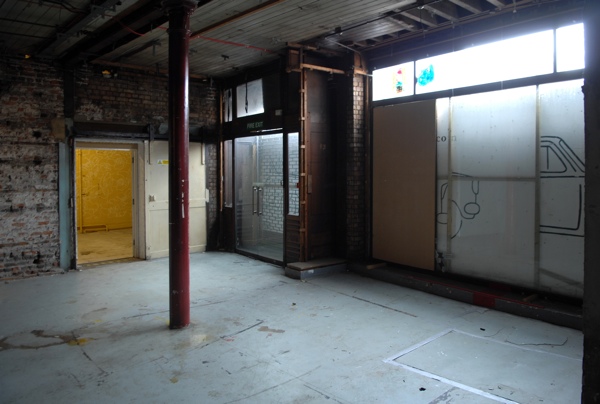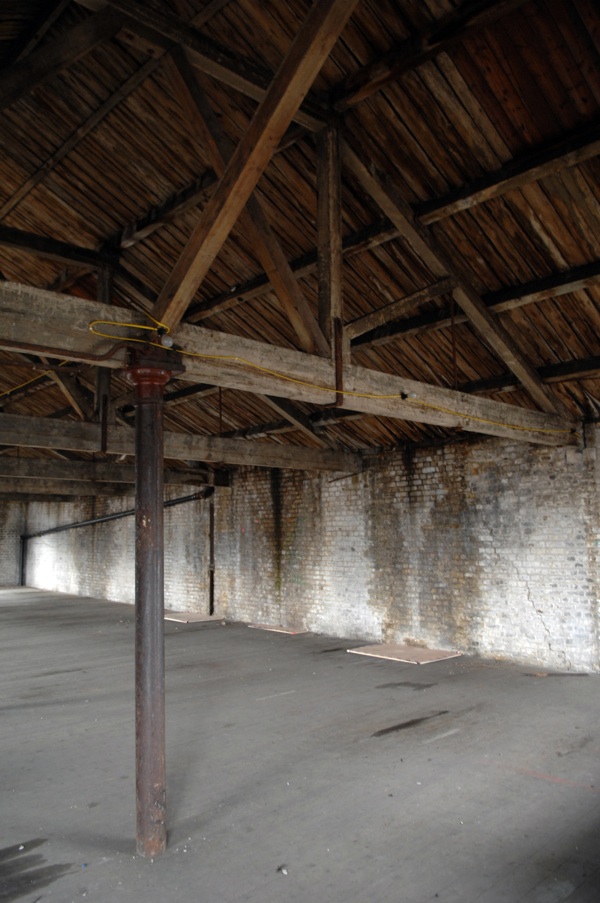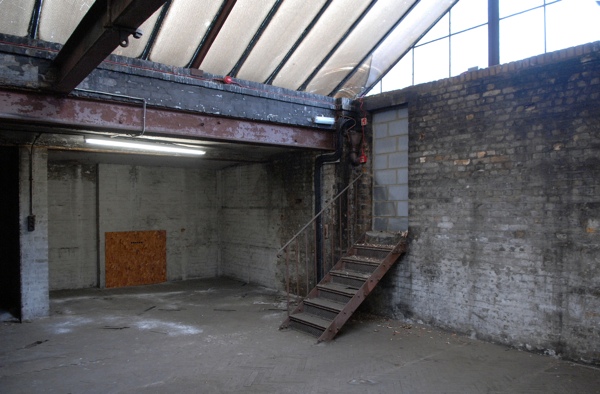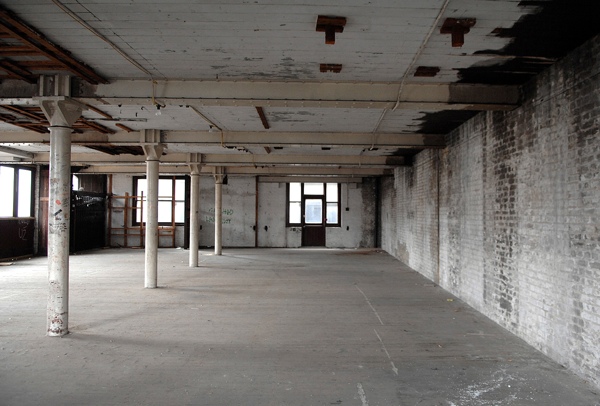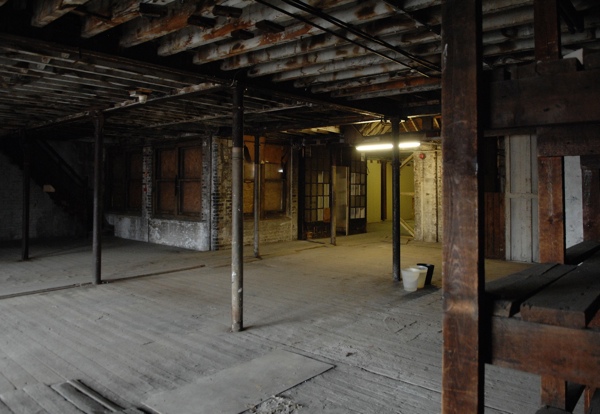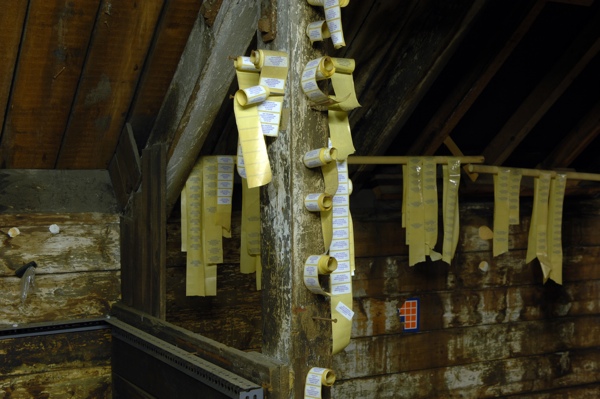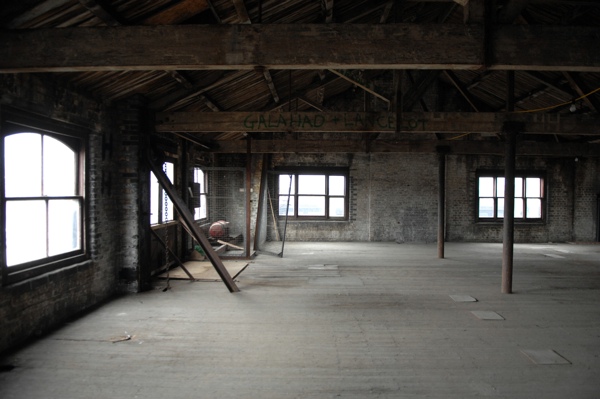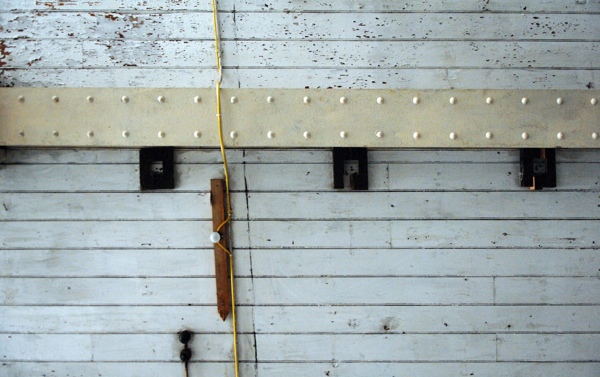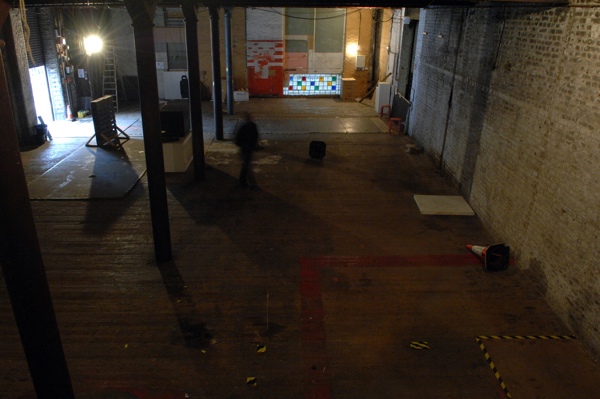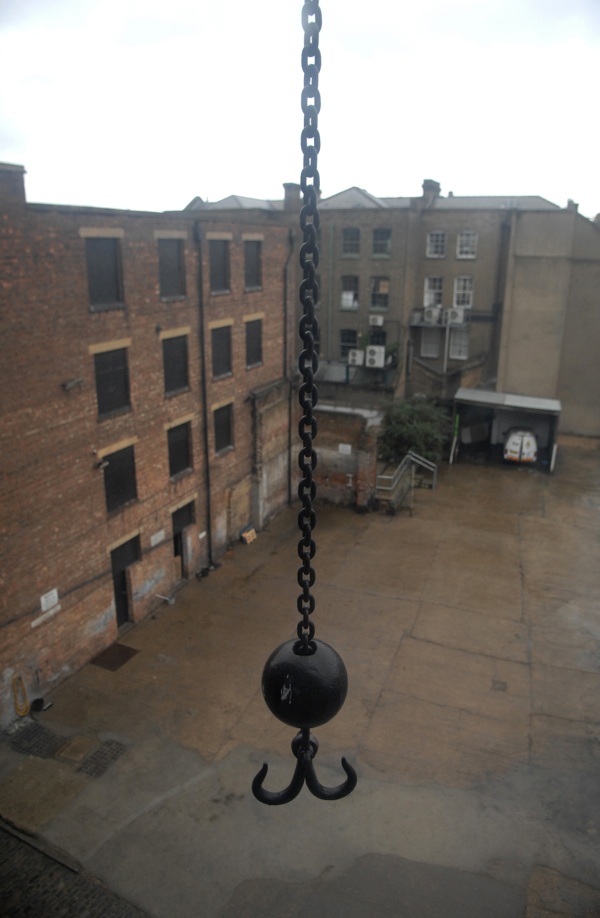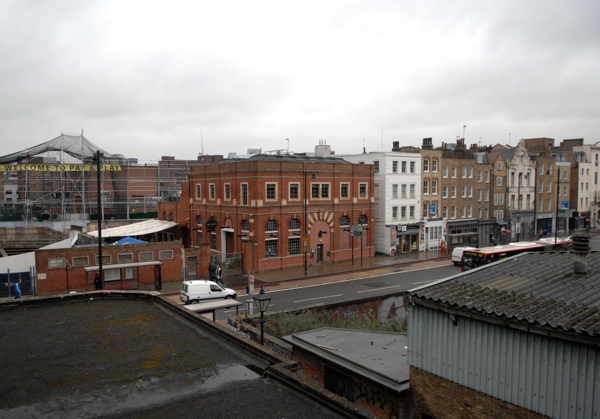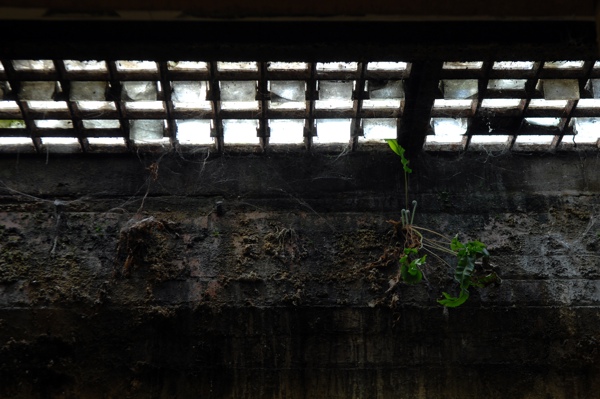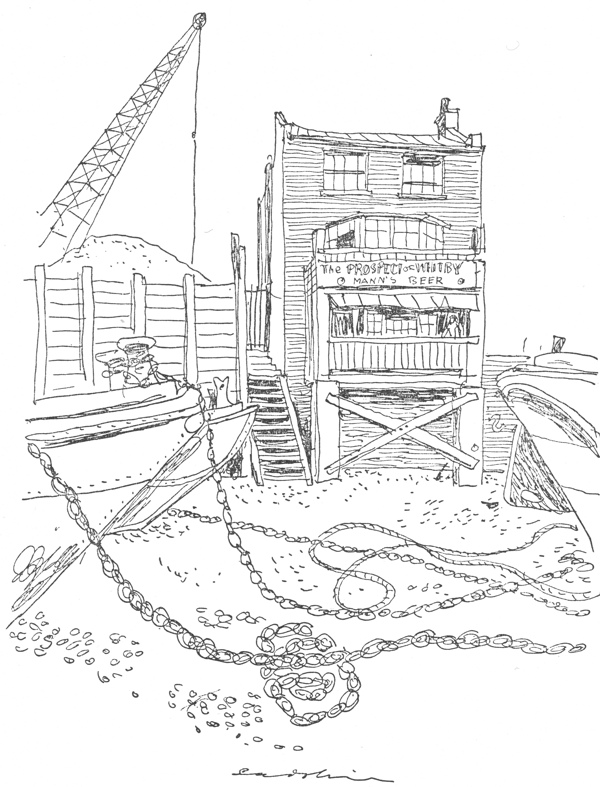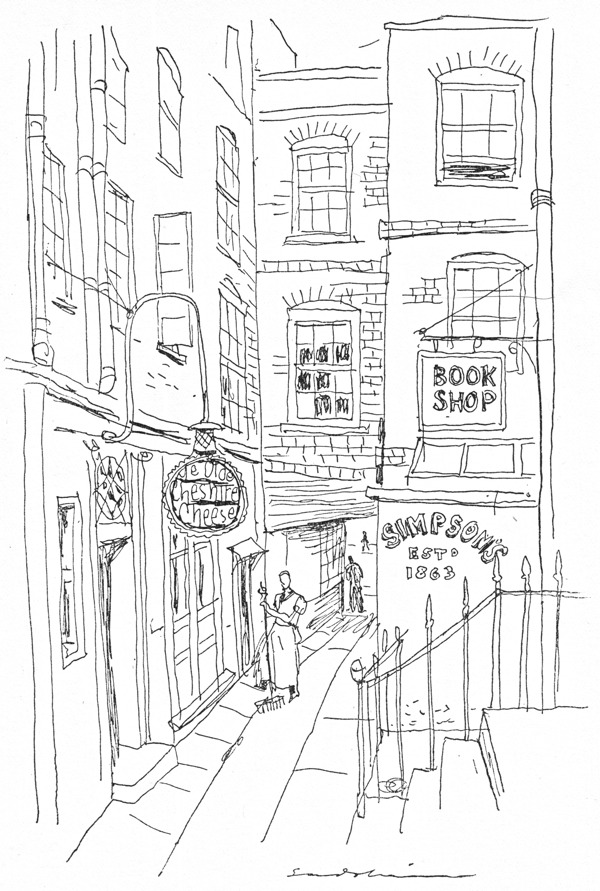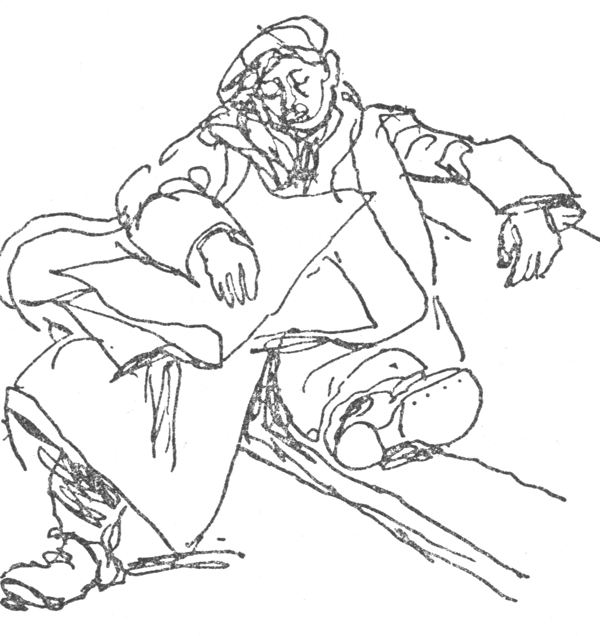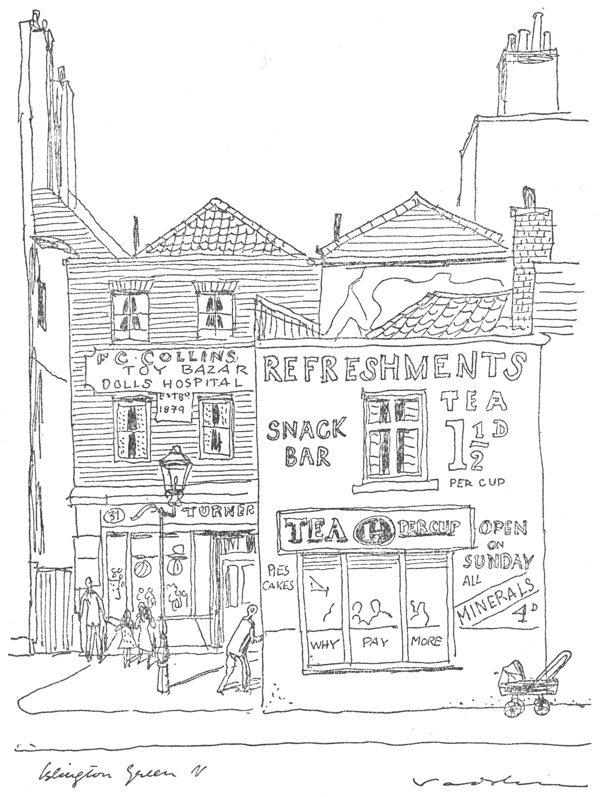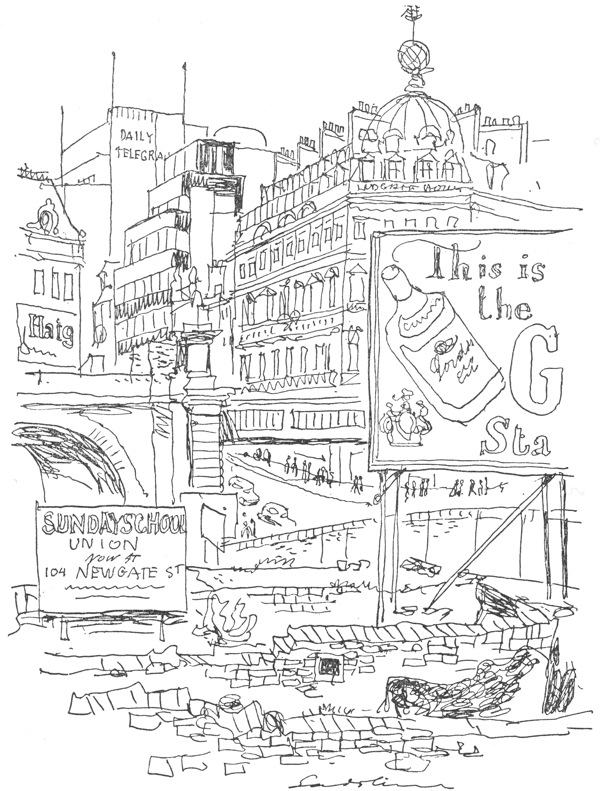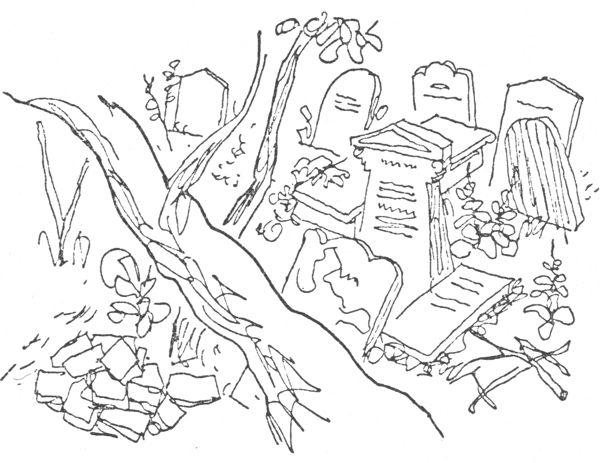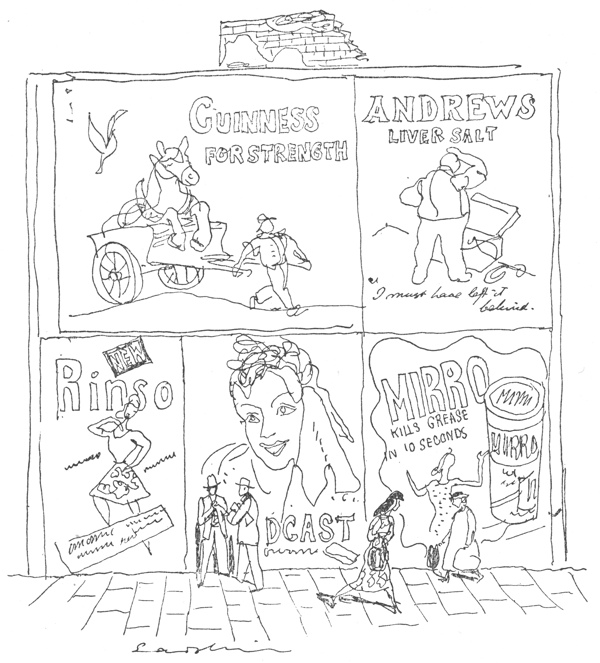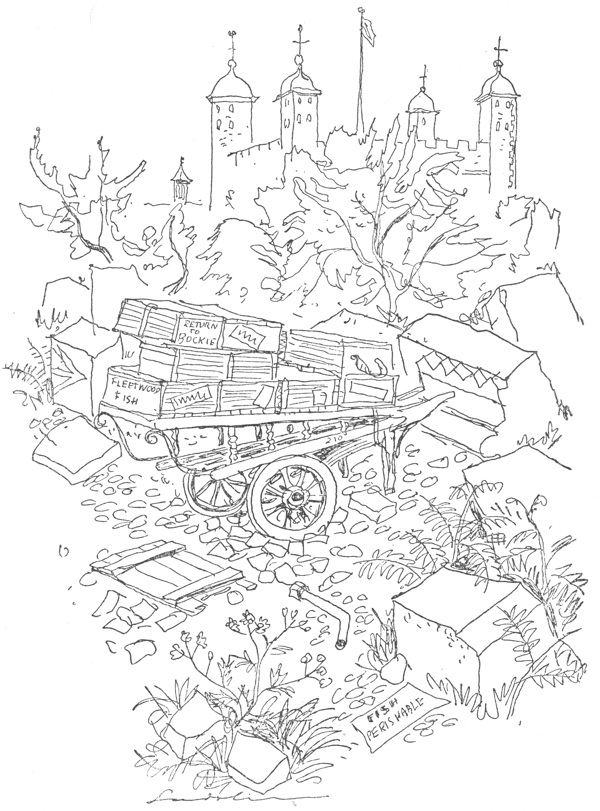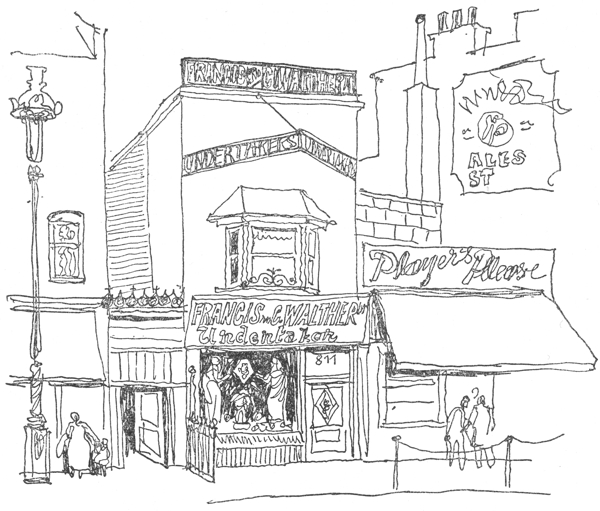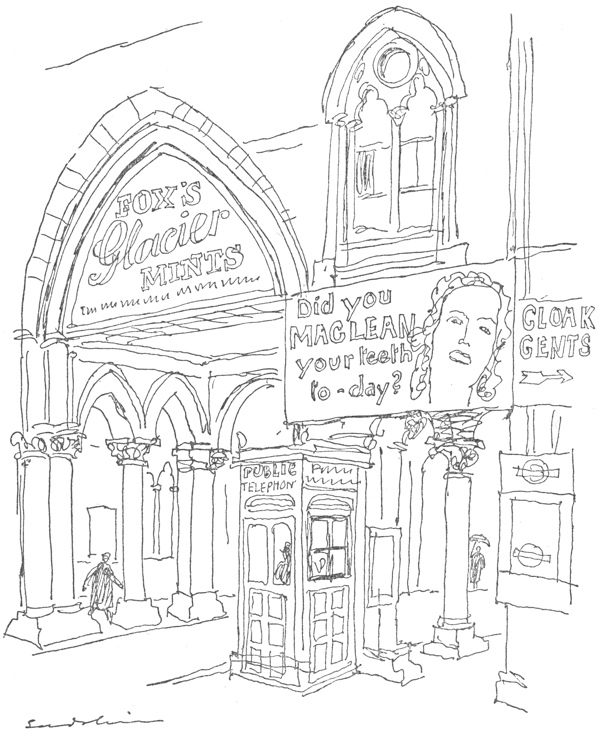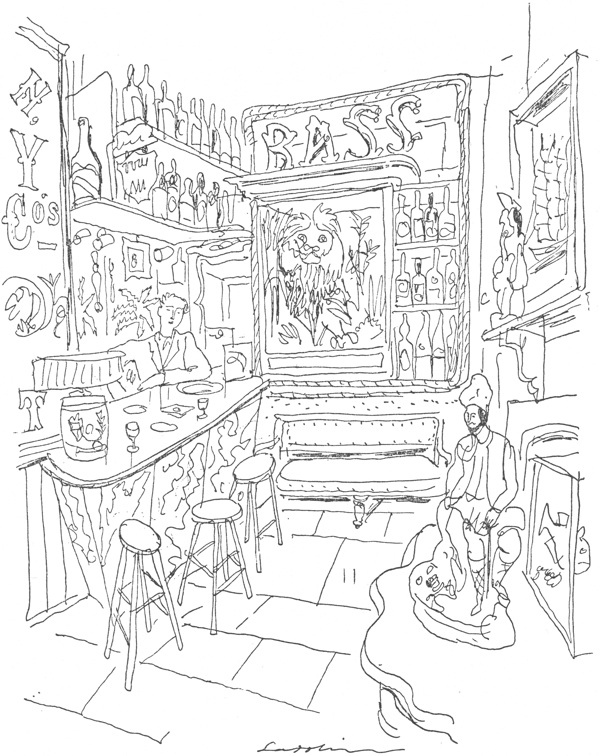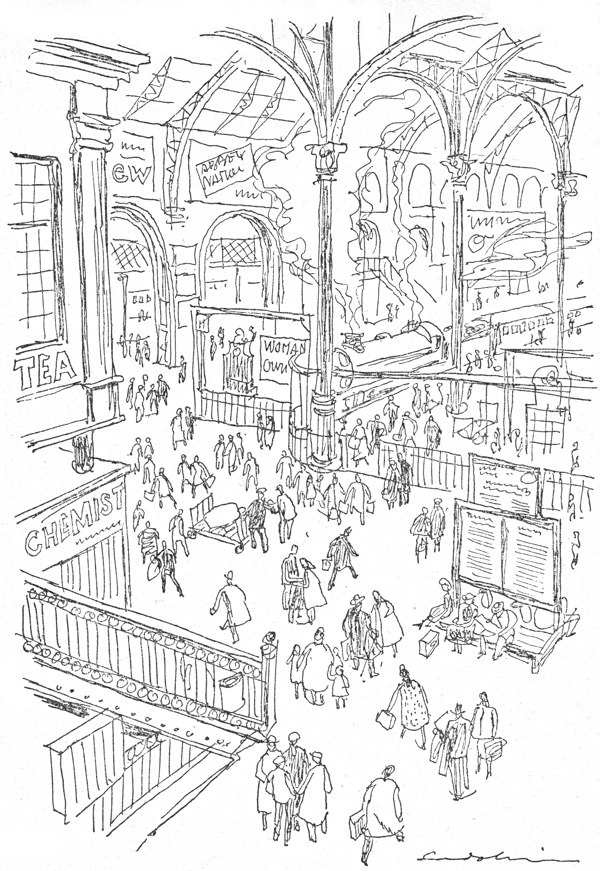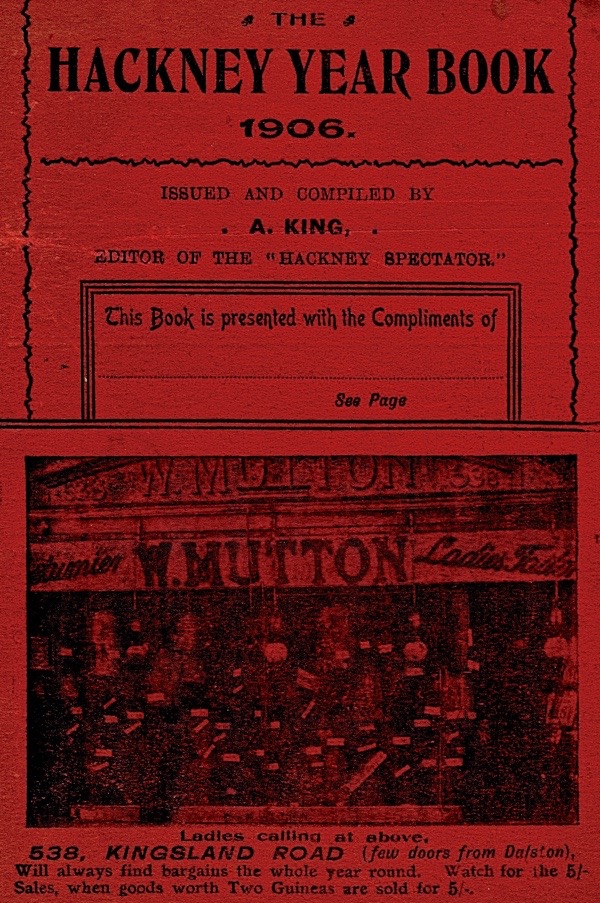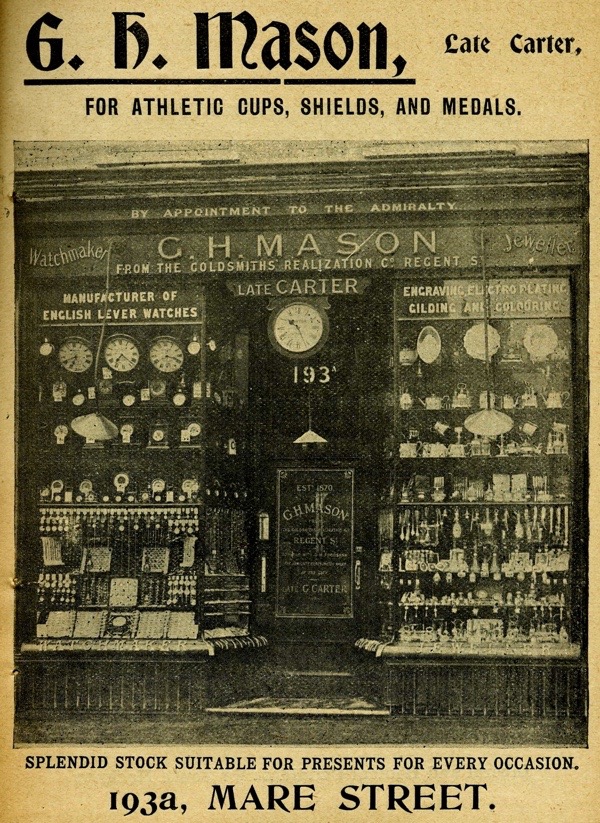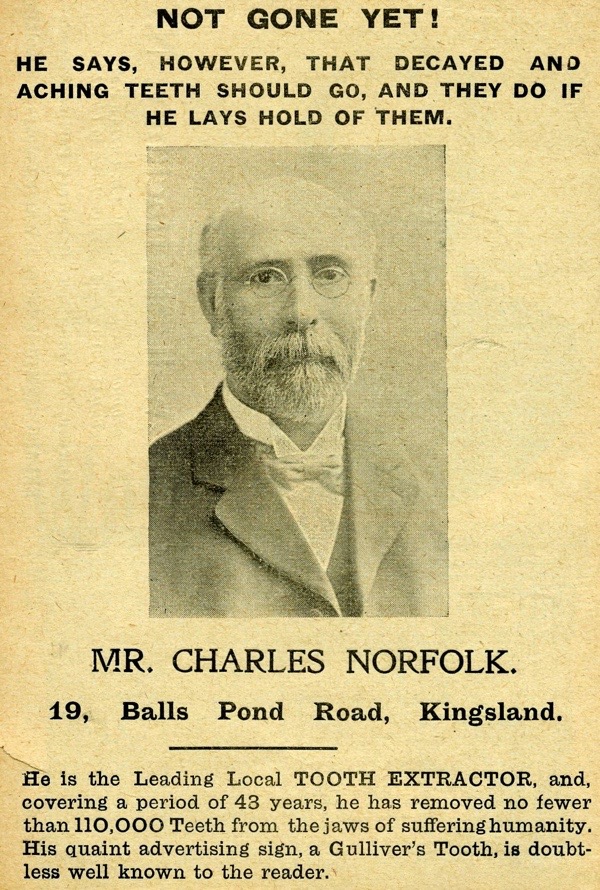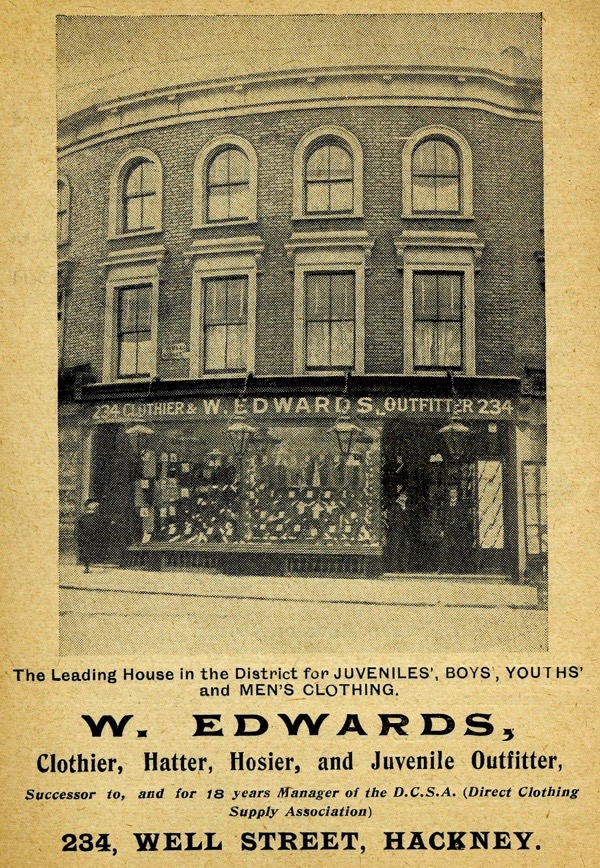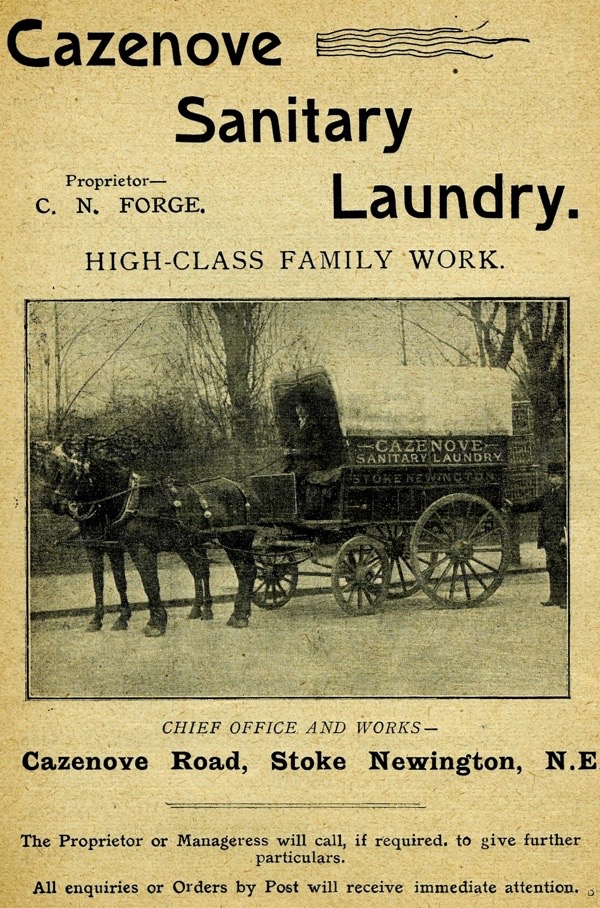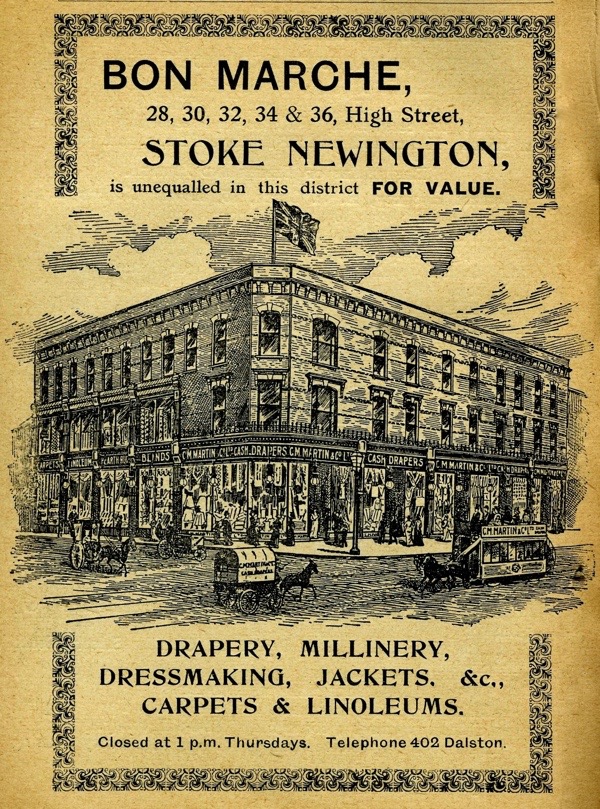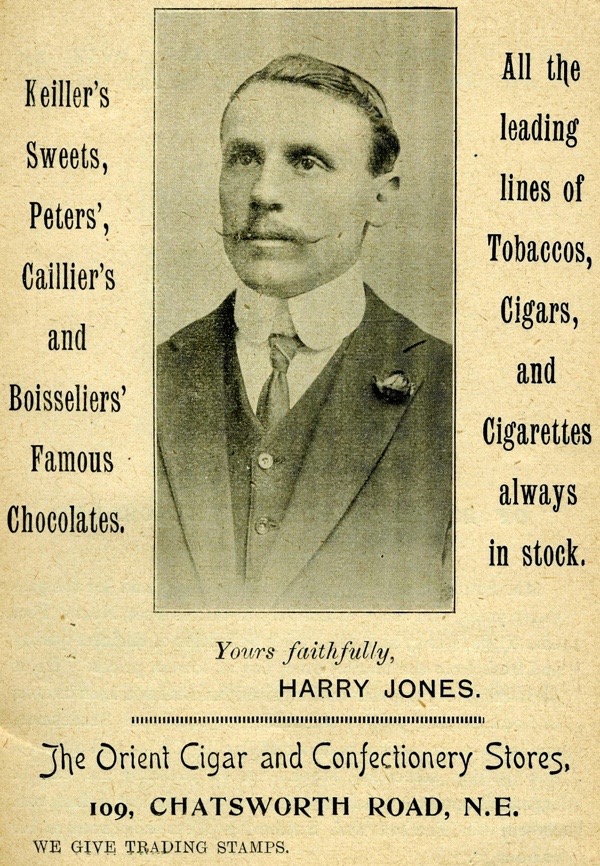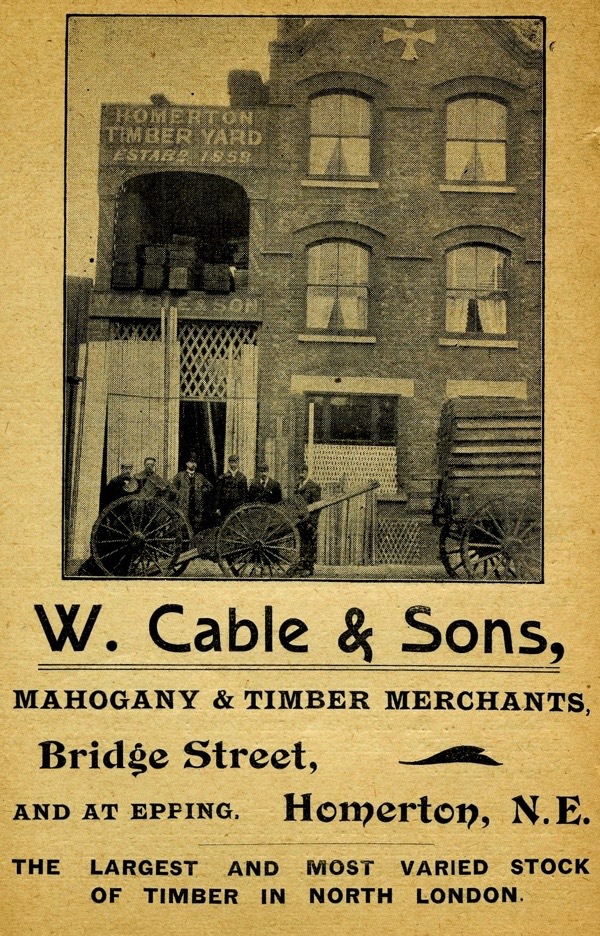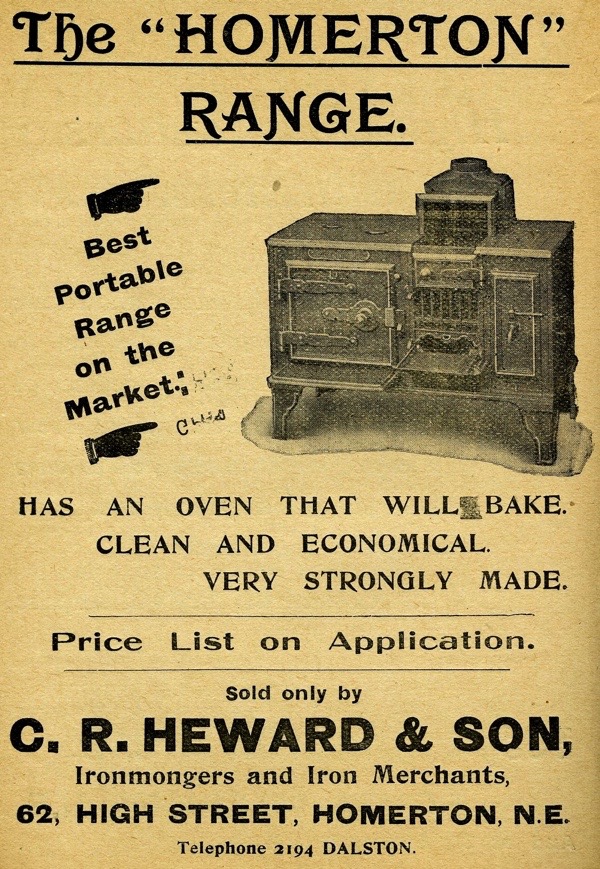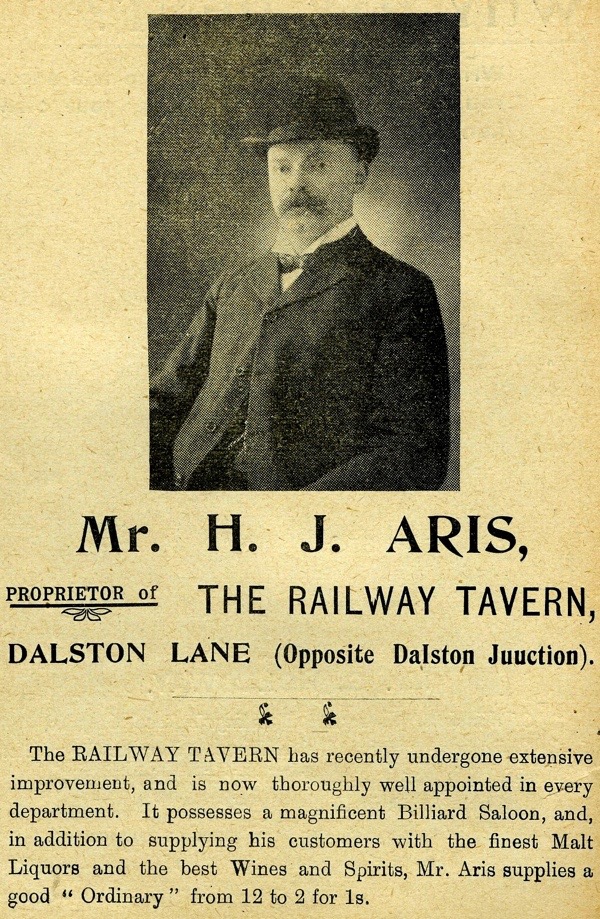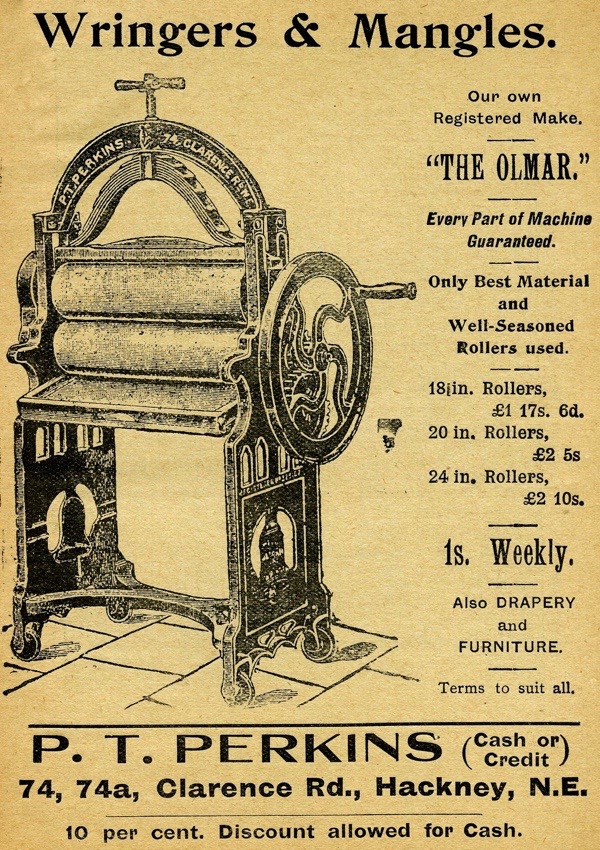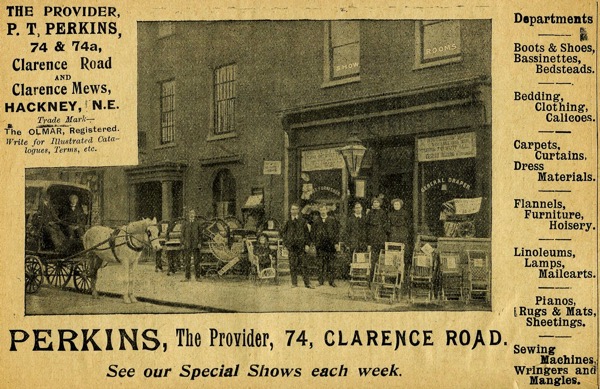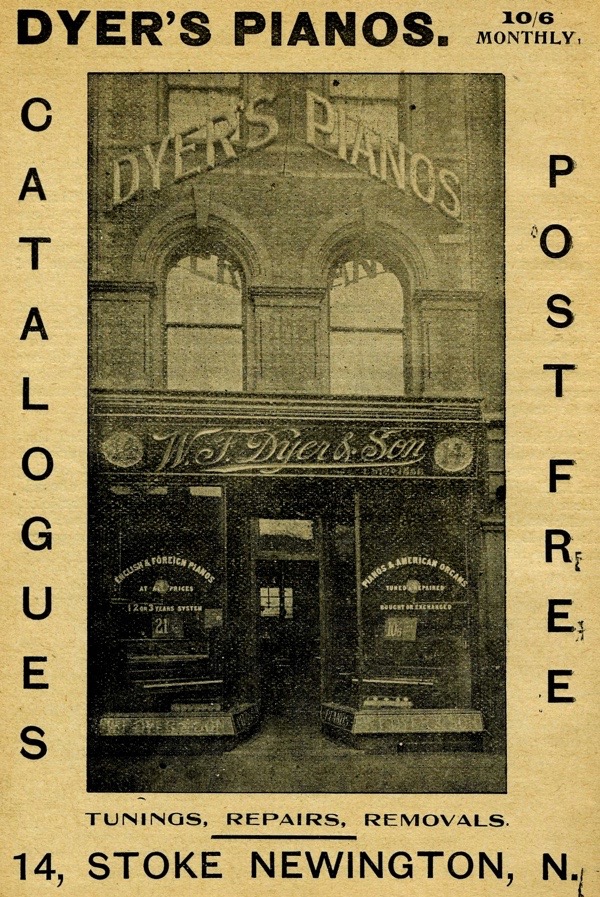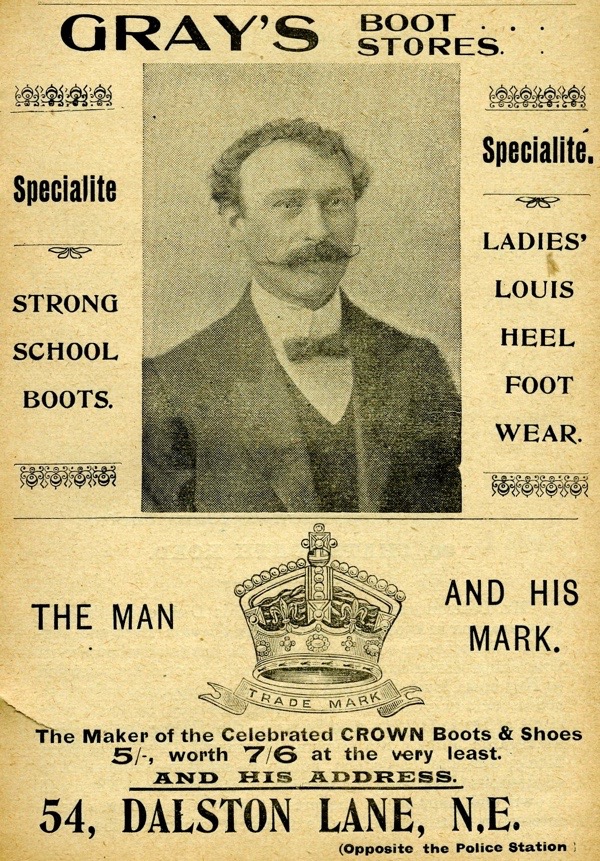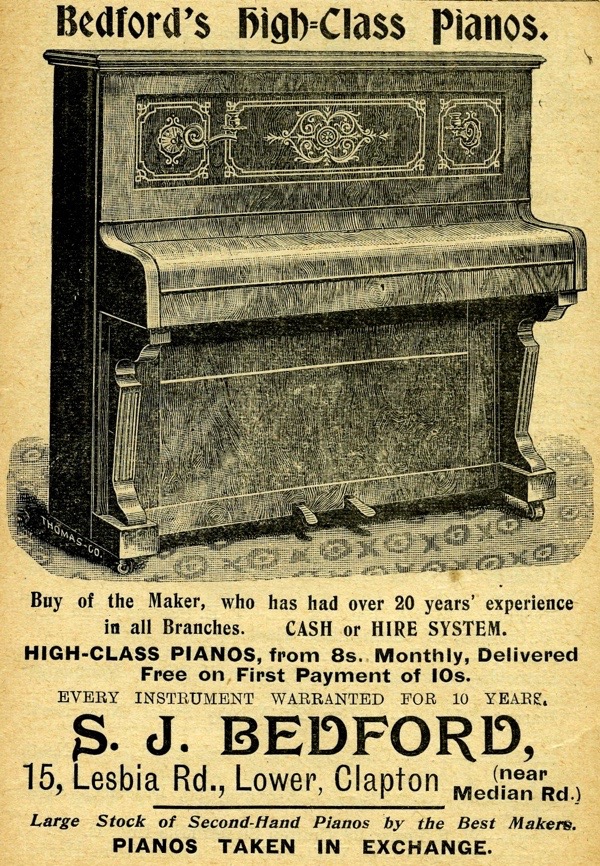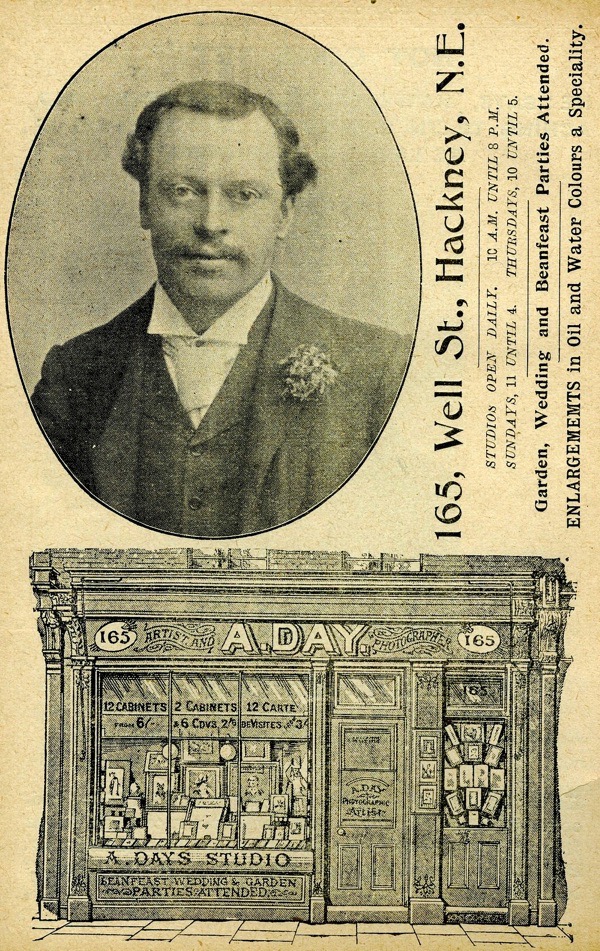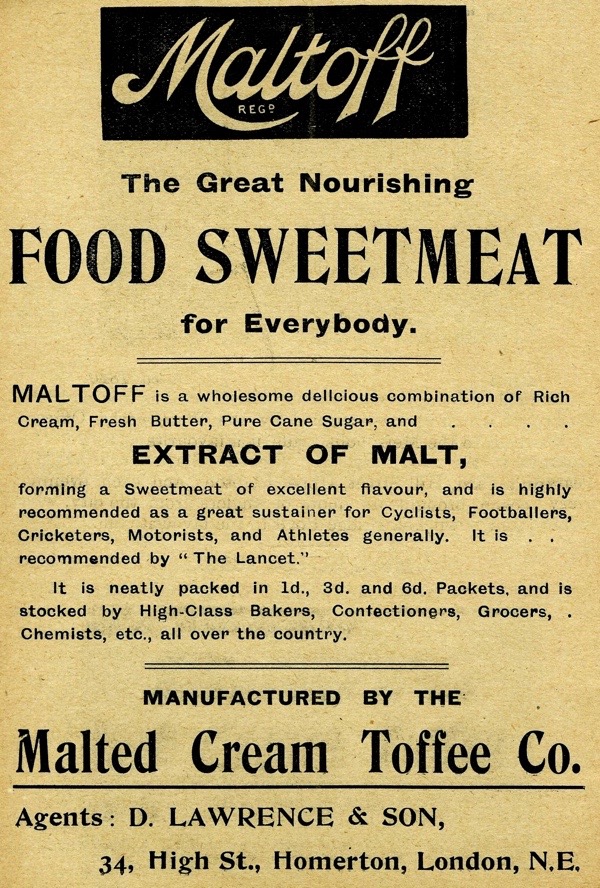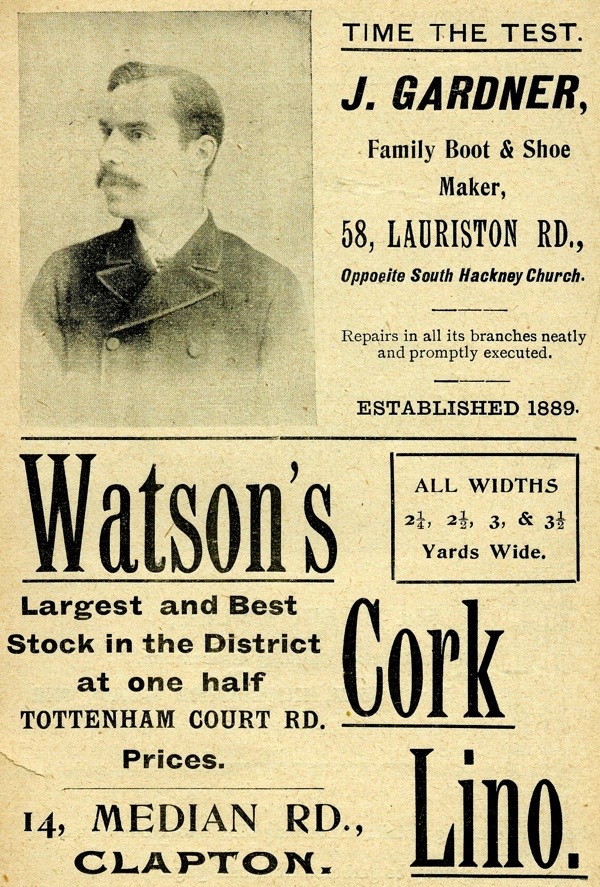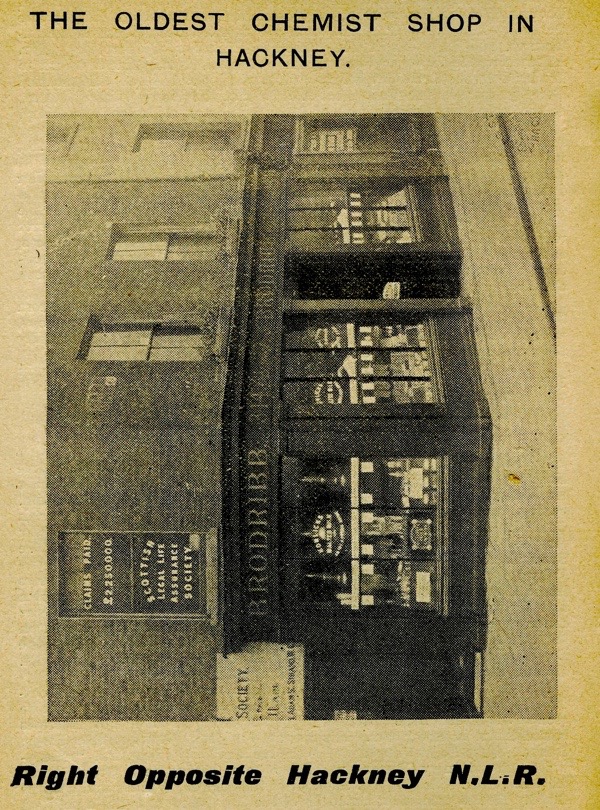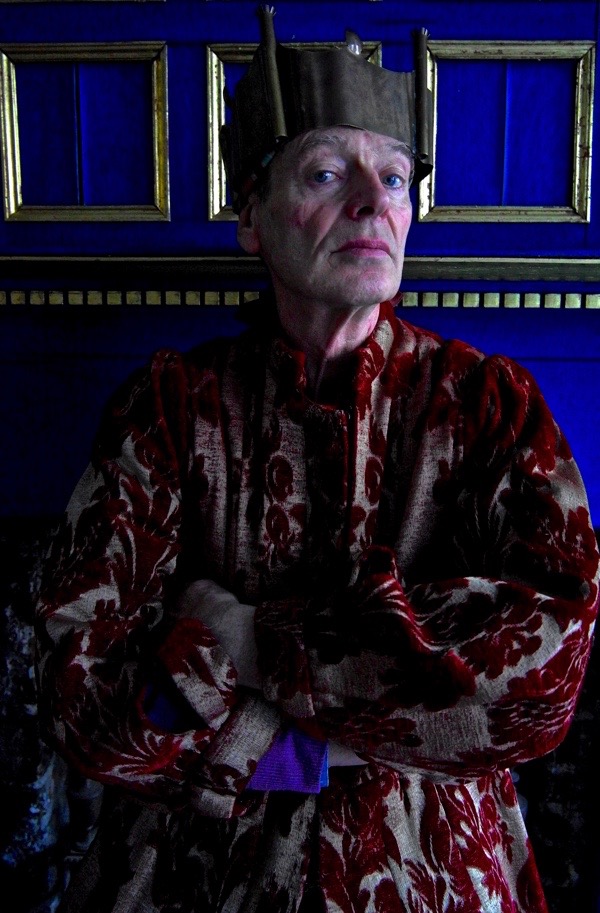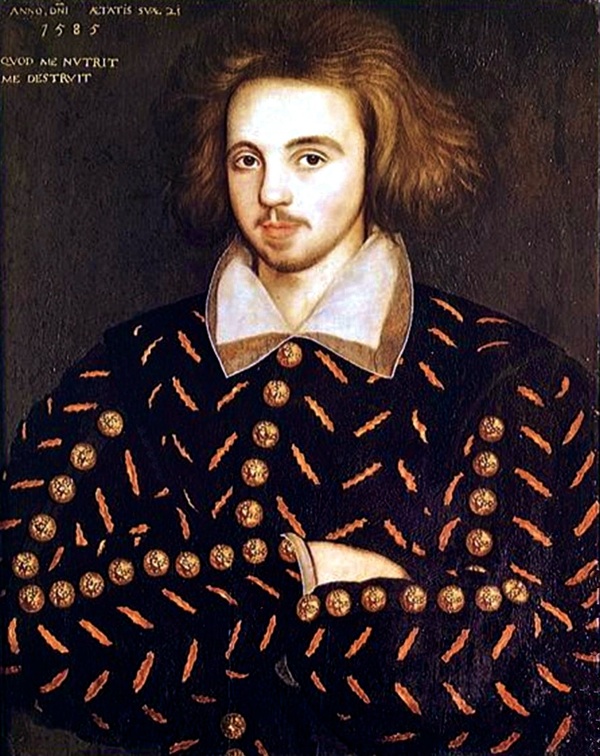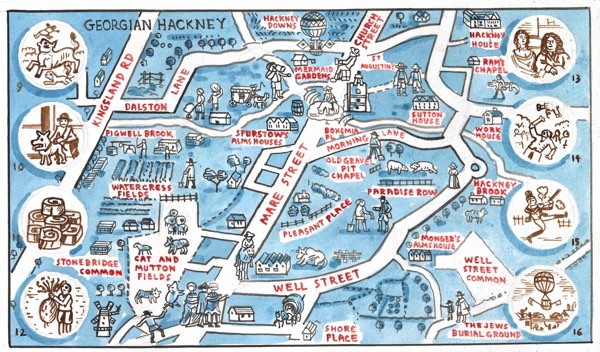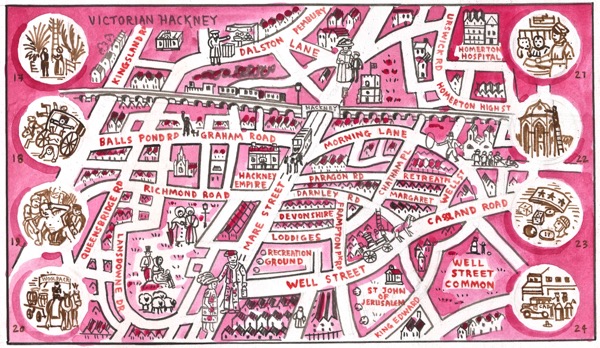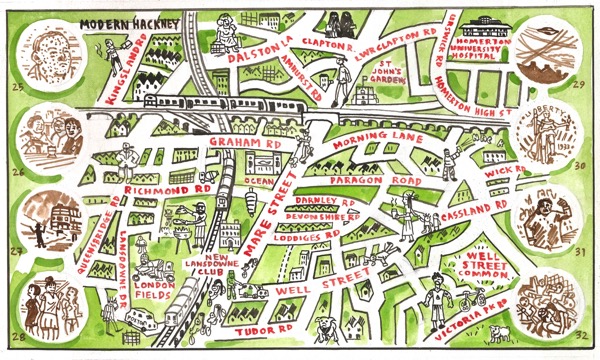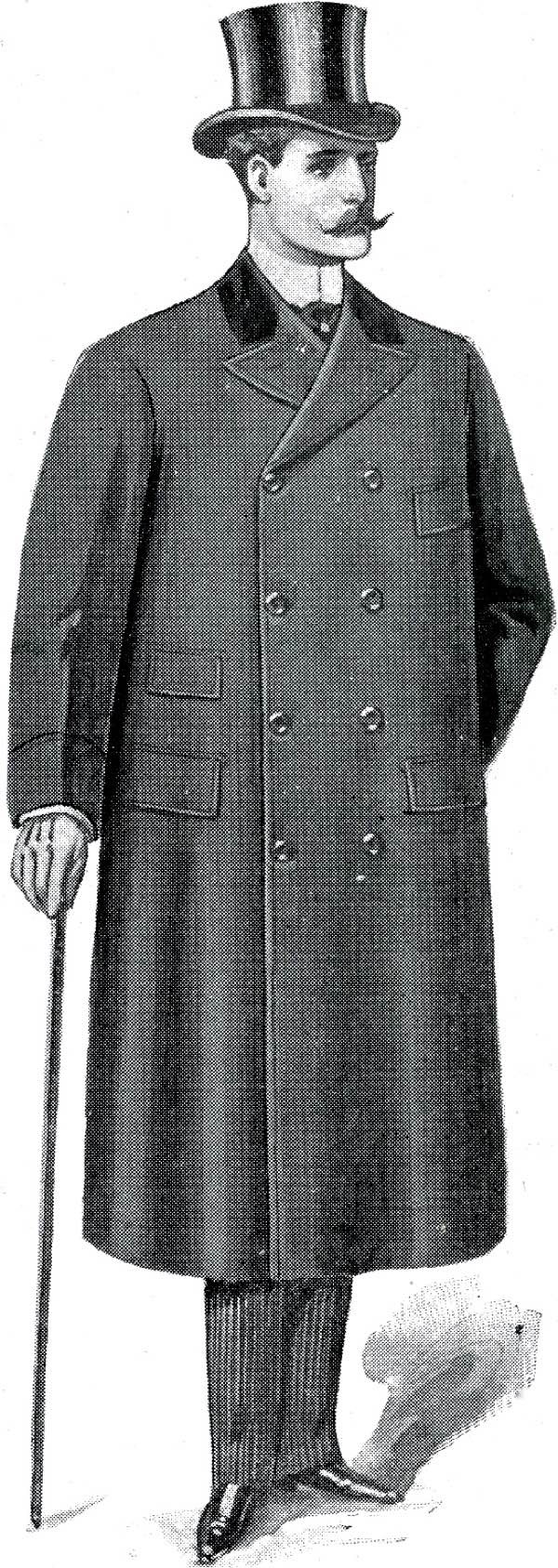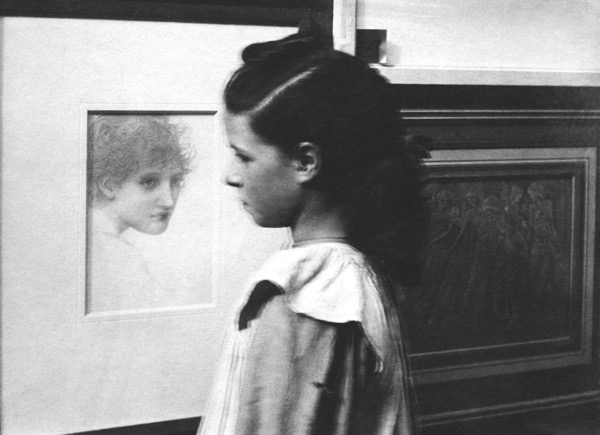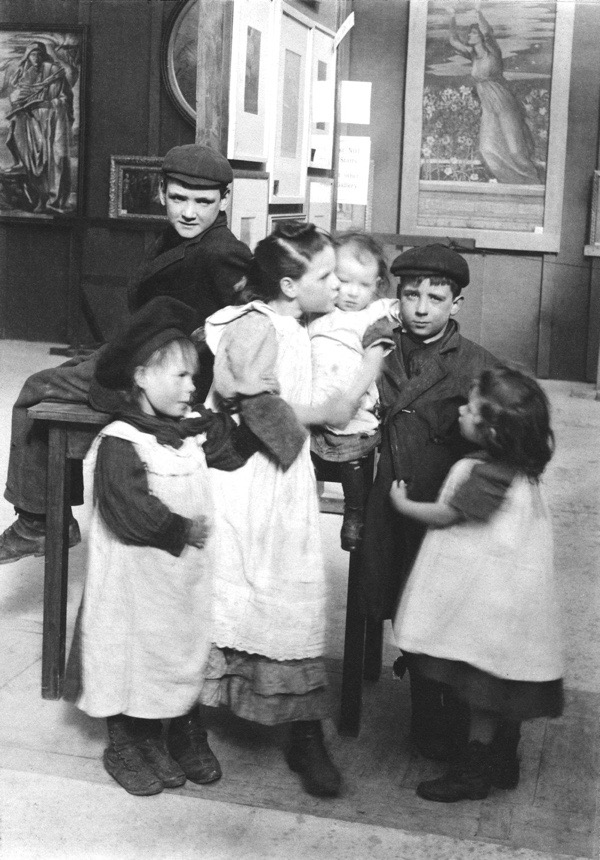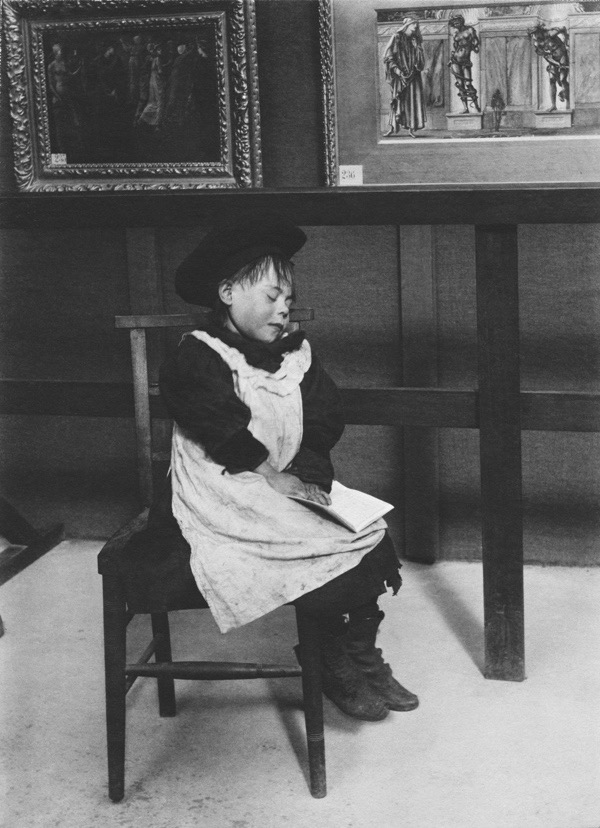![norton folgate now]()
![Demolition Image[1]]()
(Click on this image to enlarge)
I learnt recently that British Land’s slogan is ‘Creating Places People Prefer’ yet this shows what they want to do to Norton Folgate in Spitalfields - demolishing more than seventy per cent of the buildings on a site which sits entirely within a Conservation Area.
In 1977 the newly-formed Spitalfields Trust, including Dan Cruickshank and with the support of Sir John Betjeman, stopped British Land from redeveloping Elder St in Norton Folgate, but now British Land have come back again to obliterate the neighbourhood under a hideous corporate plaza.
Their plans show no respect for one of the last fragments of distinctive Spitalfields streetscape which has evolved over centuries, replacing it with bland corporate office blocks of up to thirteen storeys, offering little to the tech industries and small businesses which thrive in the East End.
Next week, Dan Cruickshank and The Spitalfields Trust launch a campaign to stop British Land and save the Ancient Liberty of Norton Folgate – and it is my pleasure to curate an exhibition at Dennis Severs House, opening next Saturday, to which you are all invited.
The display illustrates stories of Norton Folgate’s rich cultural and social history, and showcases the Trust’s alternative scheme, devised by Architect John Burrell, whose alternative scheme for Smithfield Market was key to saving the market. Also, Adam Dant is unveiling his Map of Norton Folgate which will serve as the centrepiece of the show.
The focus of The Spitalfields Trust’s vision for the future of Norton Folgate is one that respects history – preserving the existing buildings and providing a wide variety of spaces suiting businesses of different scales which can deliver jobs for local people, and increasing the amount of housing, including affordable housing.
Alongside the exhibition at Dennis Severs House, there will be series of talks, readings and walks announced over coming weeks that explore Norton Folgate’s lively history, celebrating the presence of Christopher Marlowe, Charles Dickens and Sir John Betjeman in Norton Folgate.
![Saving of Spitalfields, p.7]()
British Land were responsible for the destruction of the northern half of Elder St in the seventies
![girouard_0006]()
Elder St in 1977 after demolition commenced
![cruickshank-and-betjeman]()
Dan Cruickshank shows the destruction to John Betjeman
![img025]()
![14060101_575]()
![14060101_535]()
![14060101_591]()
![14060101_555]()
![14060101_617]()
![14060101_631]()
![14060101_473]()
![14060101_486]()
![14060101_487]()
![14060101_497]()
![LE364]()
![View of Bishopsgate Without, looking South from Norton Folgate]()
Bishopsgate Without viewed from Norton Folgate, 1912 (Photo by Charles Goss)
![IMG_0006]()
Bishopsgate Without viewed from Norton Folgate, 2012
Colour photographs © Simon Mooney
Archive images courtesy Bishopsgate Institute
![SAVE_NORTON_FOLGATE_LOGO_01_vert]()
.
This is a simple guide to how to object effectively to the British Land Application to redevelop Norton Folgate, produced by The Spitalfields Trust.
Although the deadline is 12th February, Tower Hamlets Council confirm they will accept emails and letters until the Hearing of the Application, which is likely to be in April. Please send comments by mid-March to be sure they are included in the planning officer’s report.
It is important to use your own words and add your own personal reasons for opposing this development. Any letters which simply duplicate the same wording will count only as one objection.
Be sure to state clearly that you are objecting to the application.
The following points are known as material considerations and are valid reasons for Councils to refuse Applications.
1. THE ELDER ST CONSERVATION AREA
British Land’s Application proposes the demolition of approximately 75% of the existing buildings on the site, yet the Application lies entirely within the Elder St Conservation Area – including the site of a scheduled Ancient Monument, and numerous listed and locally-listed buildings.
The Tower Hamlets Conservation Area Appraisal states, “Overall this is a cohesive area that has little capacity for change. Future needs should be met by the sensitive repair of the historic building stock.”
2. HEIGHT & MASSING
British Land’s Application proposes buildings of 11-13 storeys in a Conservation Area where the predominant height is only 3-4 storeys.
British Land’s Application replaces the fine grain of courtyards and distinctive buildings, the result of complex historical evolution, with inflexible monolithic structures based on large floorplates – focusing merely on short-term maximum return on investment.
These plans ignore the viability of the area in its current built form. Small-scale regeneration has worked in Shoreditch and Tech City.
Although there a consented (but universally disliked) previous scheme for the site, these new proposals greatly exceed it in height, in massing, in the loss of open space and in the mistreatment of the remaining historic buildings.
3. THE TREATMENT OF HISTORIC BUILDINGS
British Land’s Application undervalues the importance of the existing historic buildings, reducing them to shells.
4. THE NEW BUILDINGS
The design of new buildings on Norton Folgate, on Fleur de Lys St and on Elder St fail to reflect local character – and are much taller than the existing buildings, reaching a uniform 9-13 storeys, with little graduation.
5. THE CONSULTATION PROCESS
British Land’s consultation process failed to respond meaningfully to local objections, despite their claims to the contrary. From the first public meeting, it was clear that the scheme was already fully-formed.
6. HOUSING & JOBS
The proportion of housing is too low and the proportion of affordable housing is disappointing. British Land’s Application aims to make money at the expense of the needs of the local community.
British Land’s focus is on office jobs for non-local people – primarily high-income commuters. The percentage of retail use, which might provide local jobs, is hugely outweighed by office use.
WHERE TO SEND YOUR OBJECTION
Letters and emails should be addressed to
Beth Eite
planningandbuilding@towerhamlets.gov.uk
Quoting applications: PA/14/03548 and PA/14/03618
Town Planning, Town Hall, Mulberry Place, 5 Clove Crescent, London, E14 2BG
.
![STOP_BRITISH_LAND_LOGO_01_vert-1]()
.
Follow the Campaign at facebook/savenortonfolgate
Follow Spitalfields Trust on twitter @SpitalfieldsT
The Spitalfields Trust’s SAVE NORTON FOLGATE exhibition is at Dennis Severs House, 18 Folgate St, E1 6BX, from Saturday 14th February.
Saturday 14th February 10 – 1pm
Sunday 15th February 10 – 12pm
Tuesday 17th February 4 – 7pm
Thursday 19th February 4 – 7pm
Saturday 21st February 2 – 5pm
Sunday 22nd February 10 – 12pm
Tuesday 24th February 12 – 2pm
Thursday 26th February 12 – 2pm
Saturday 28th February 2 – 5pm
Sunday 1st March 10 – 12pm.
Admission is free











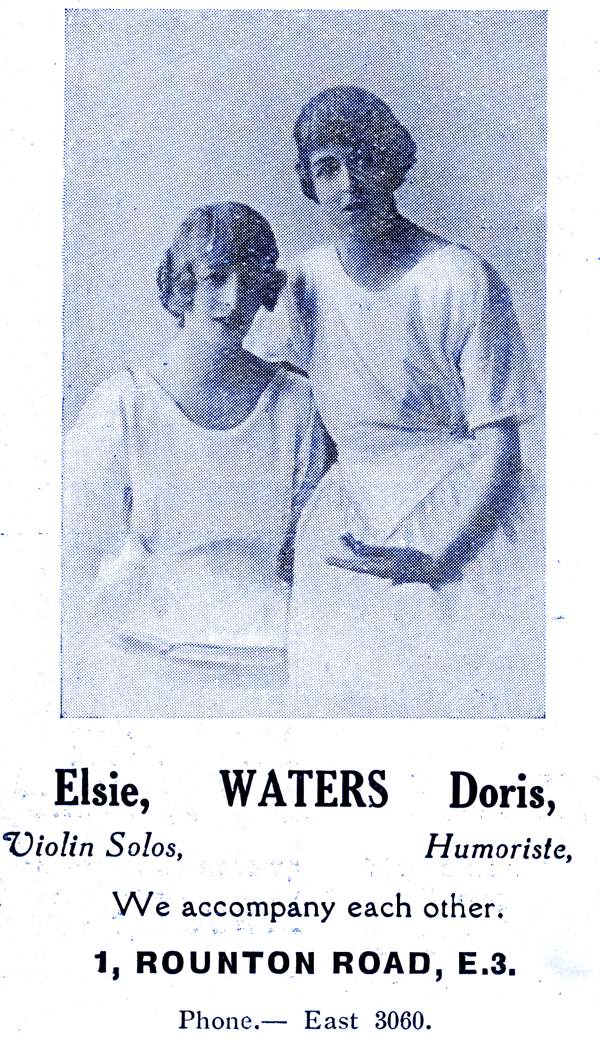



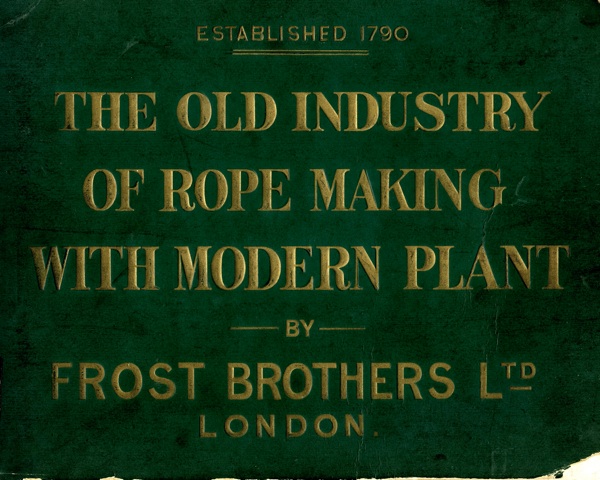
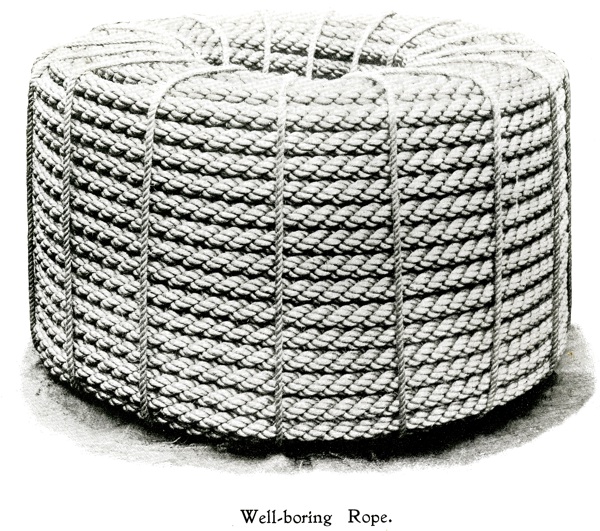
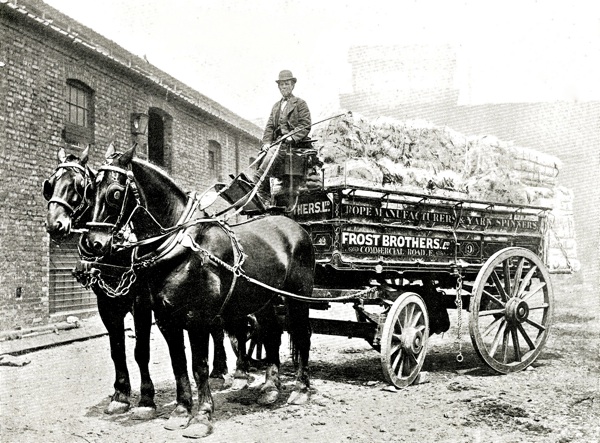
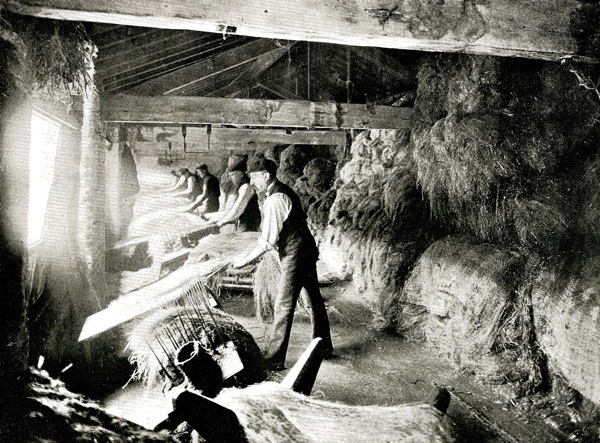
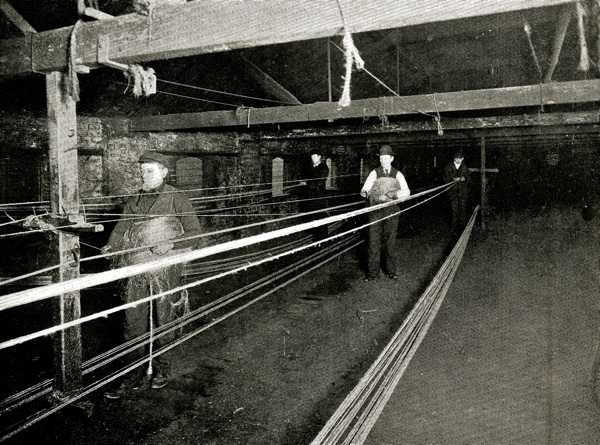
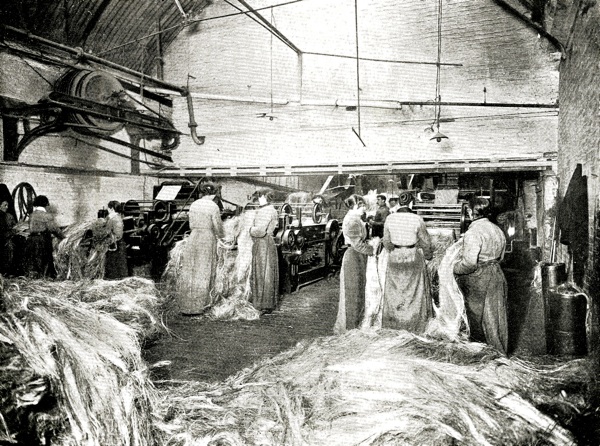
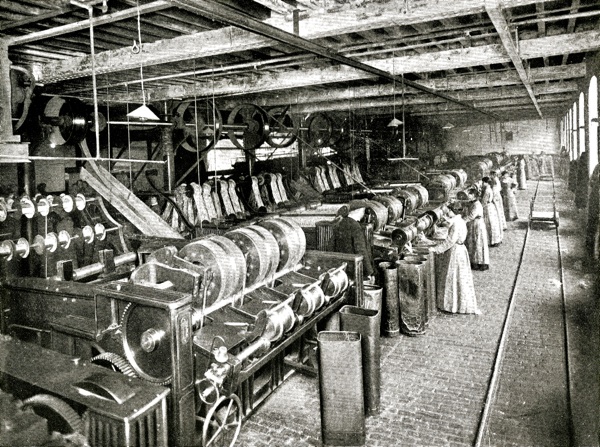
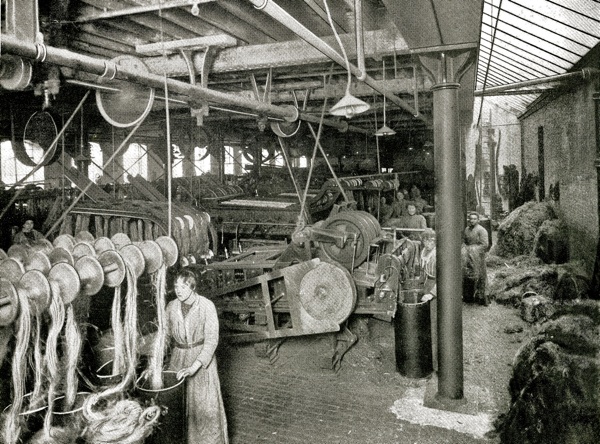
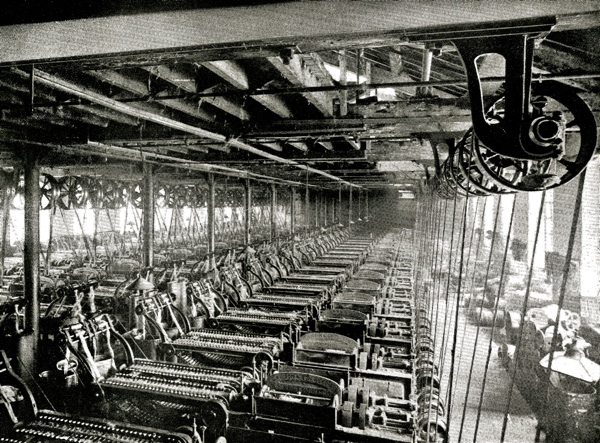
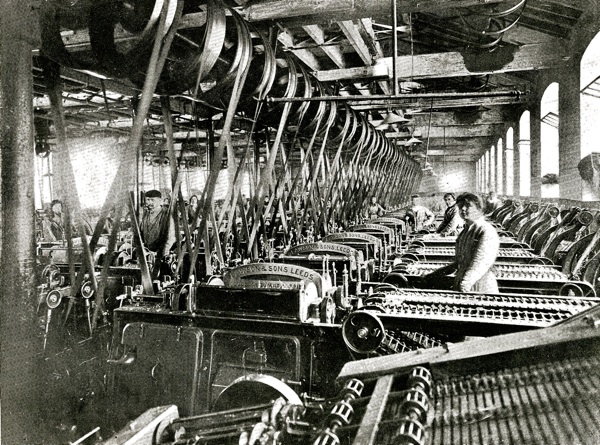

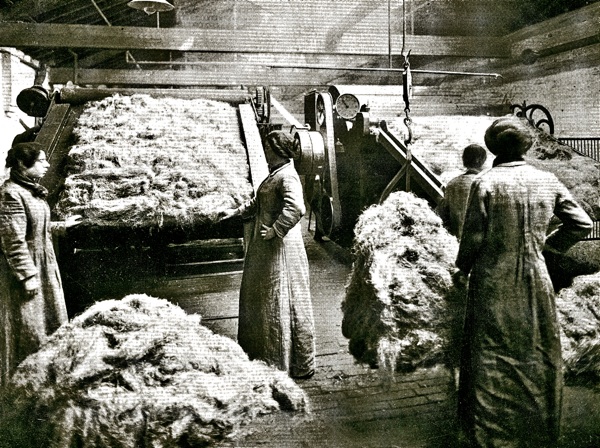
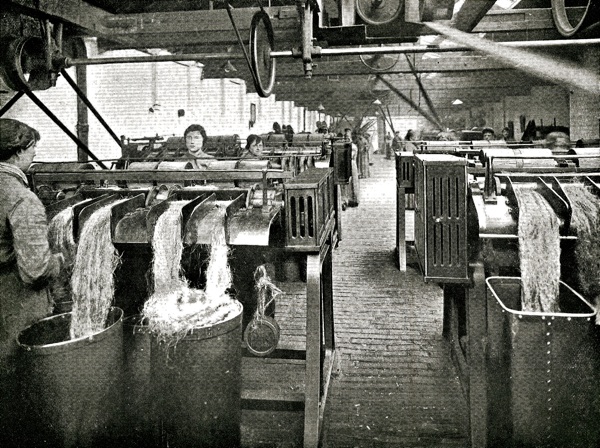
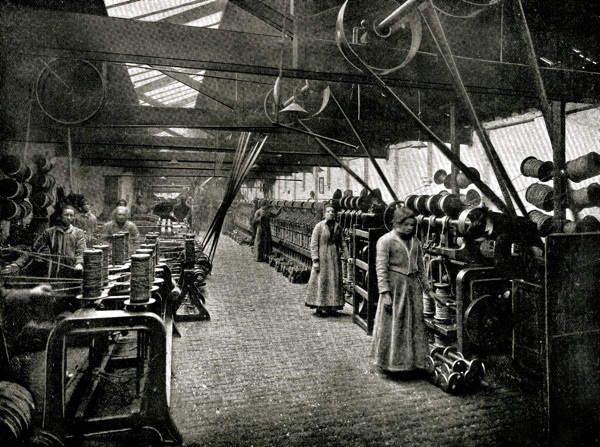


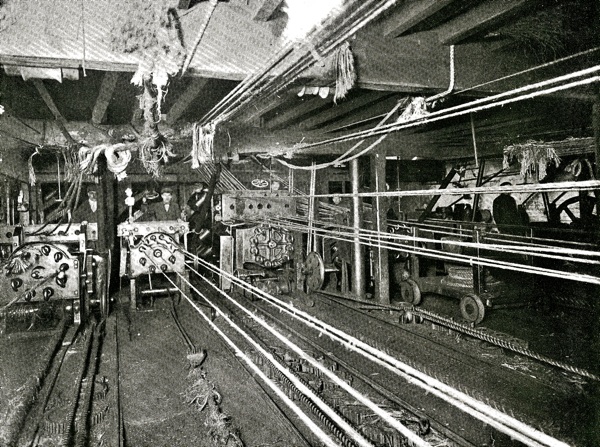


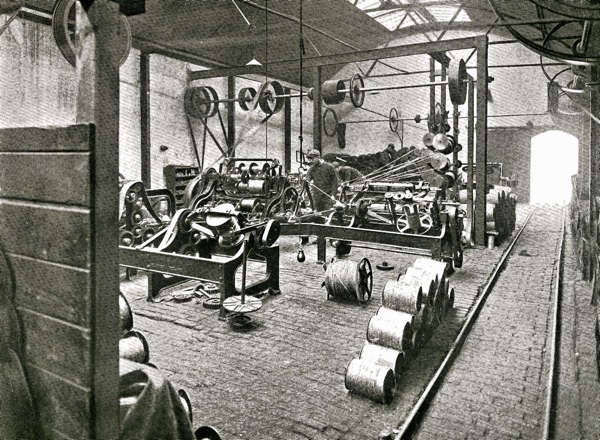

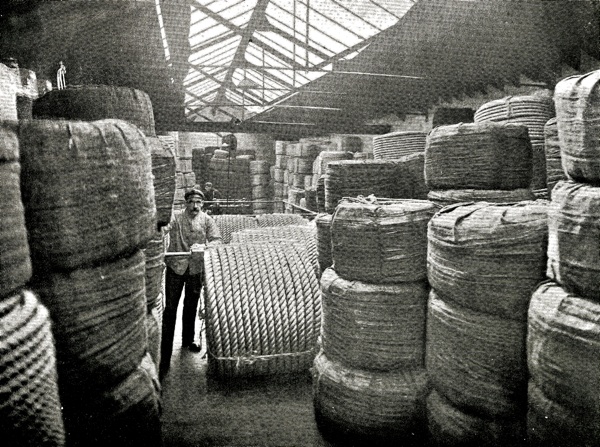

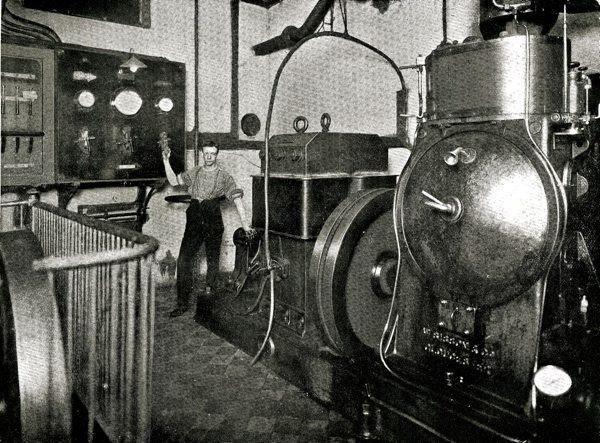
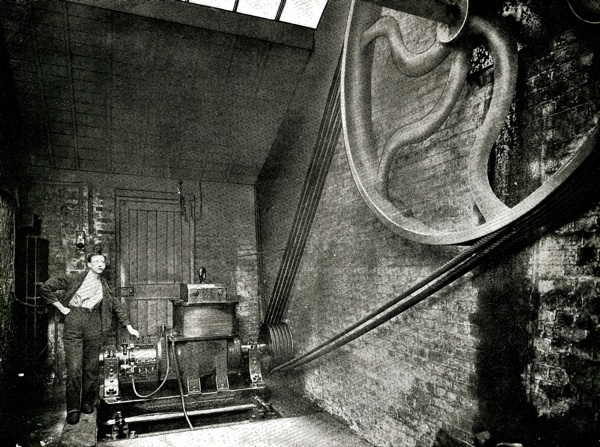


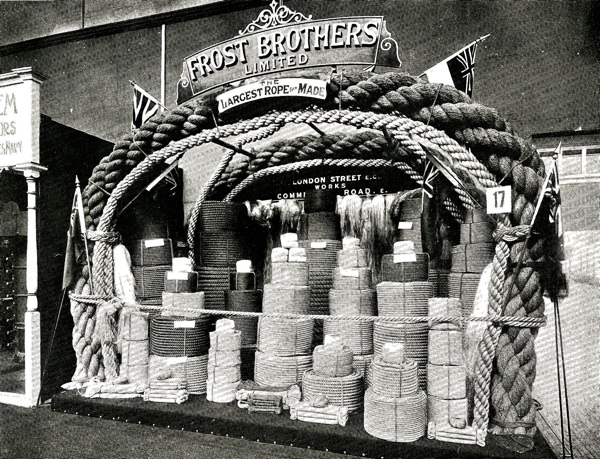


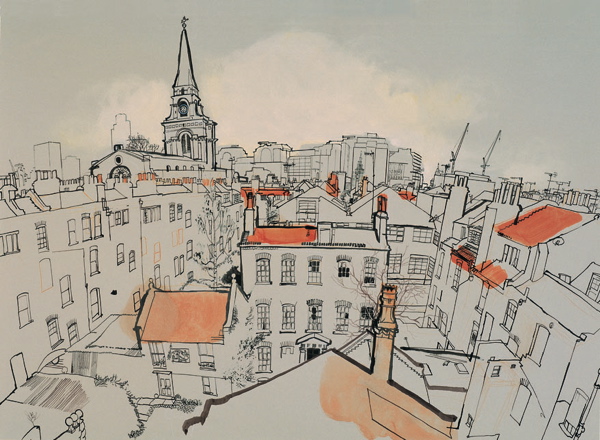

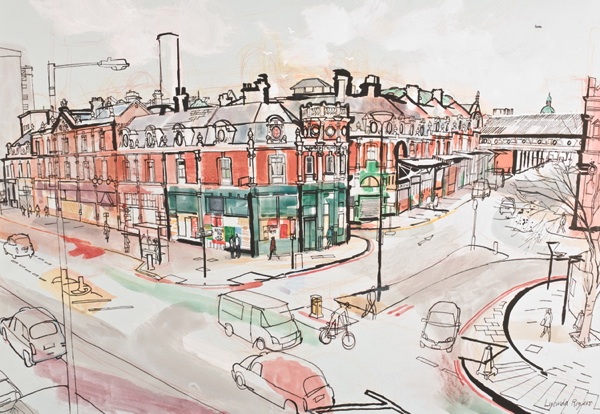

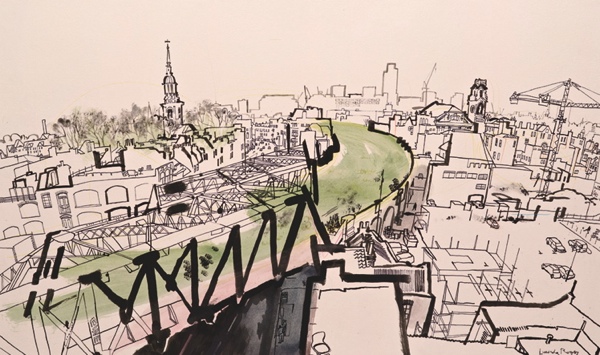
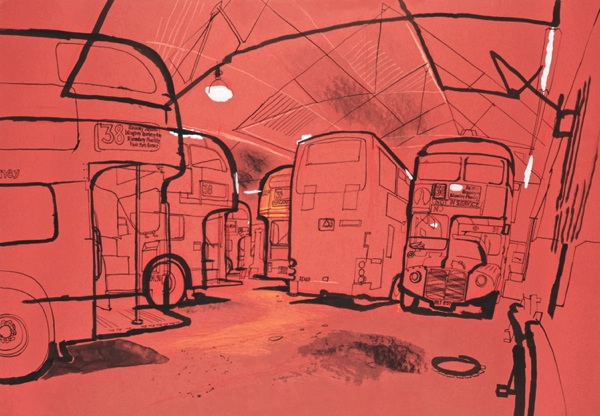
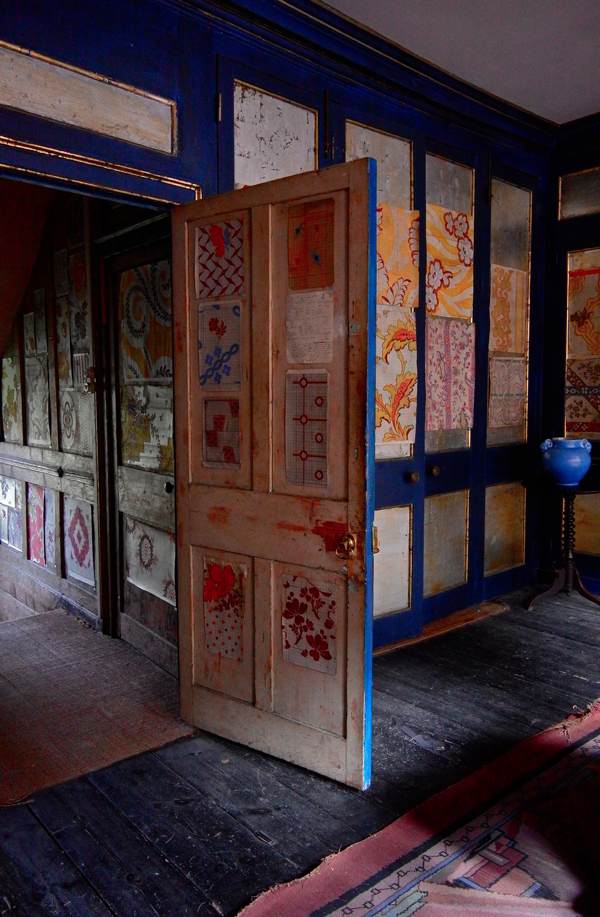
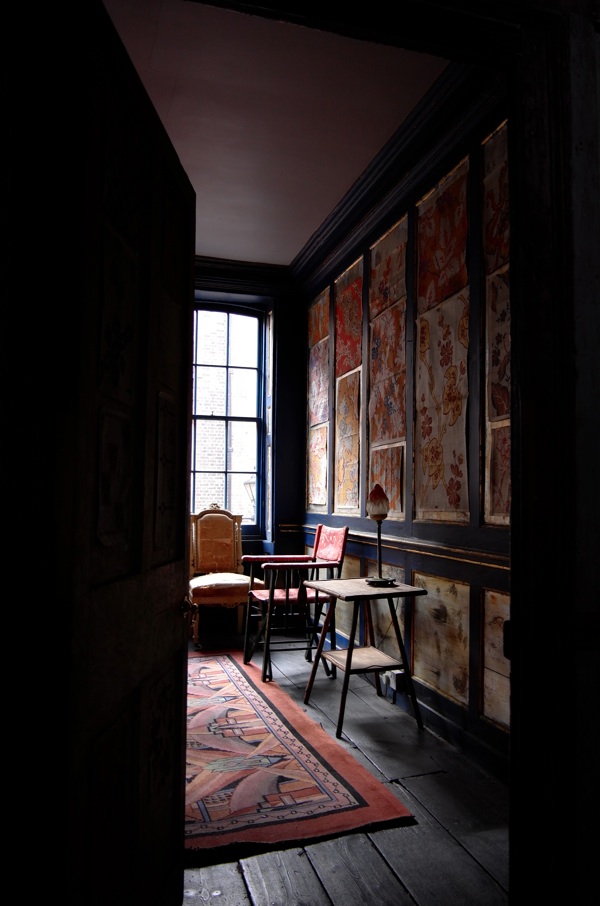

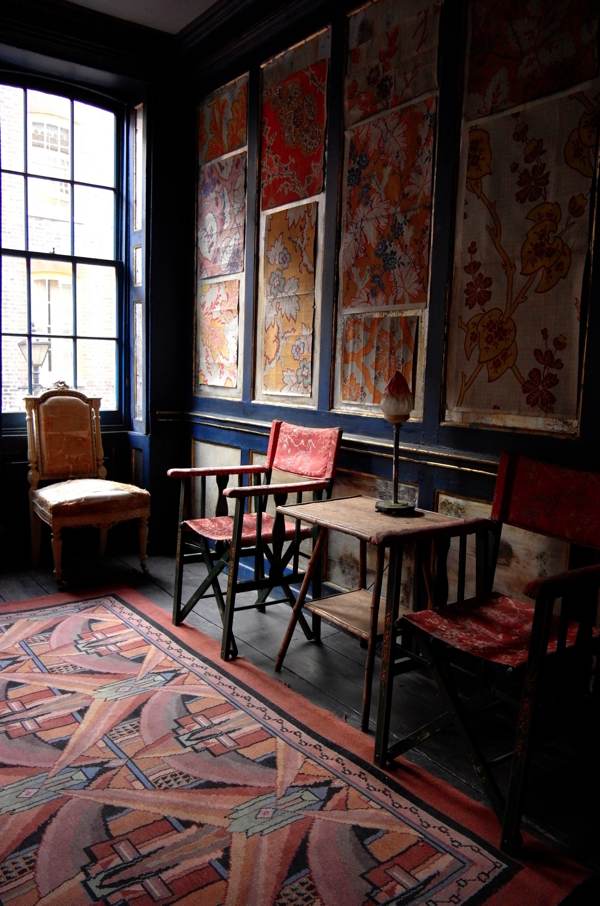

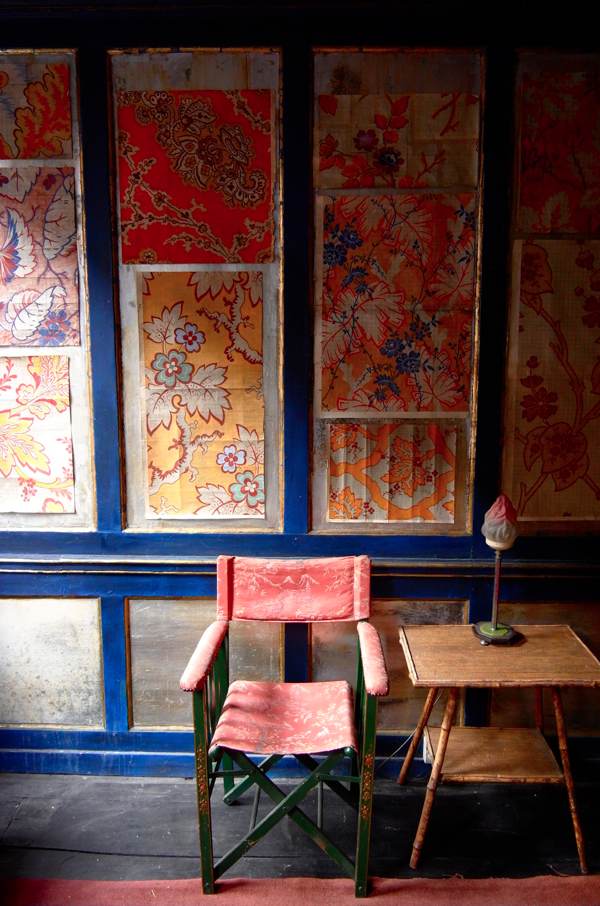


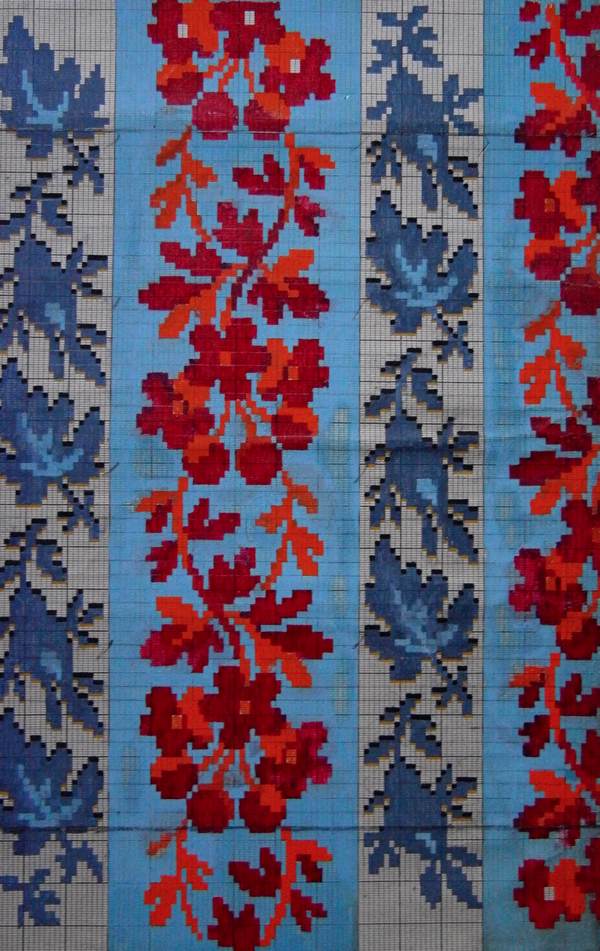
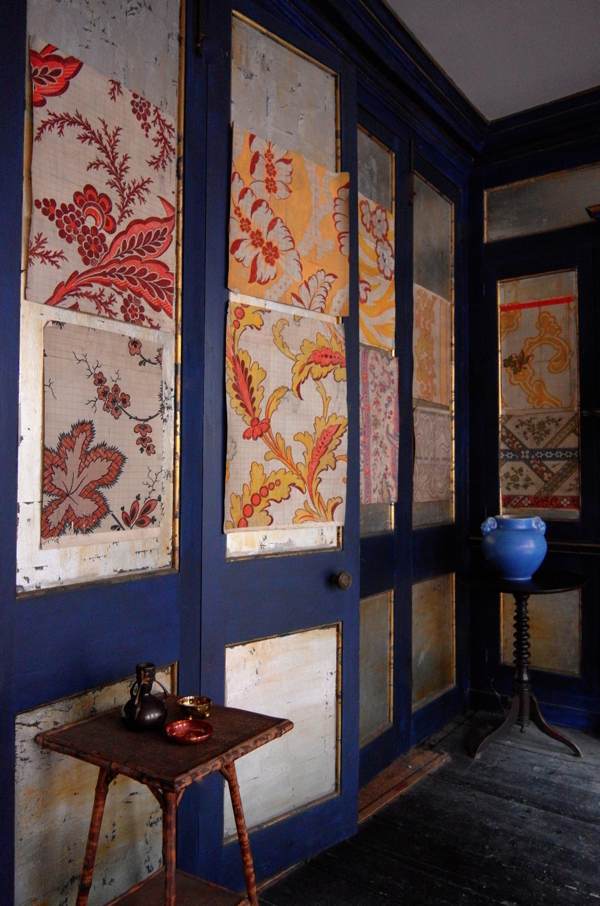

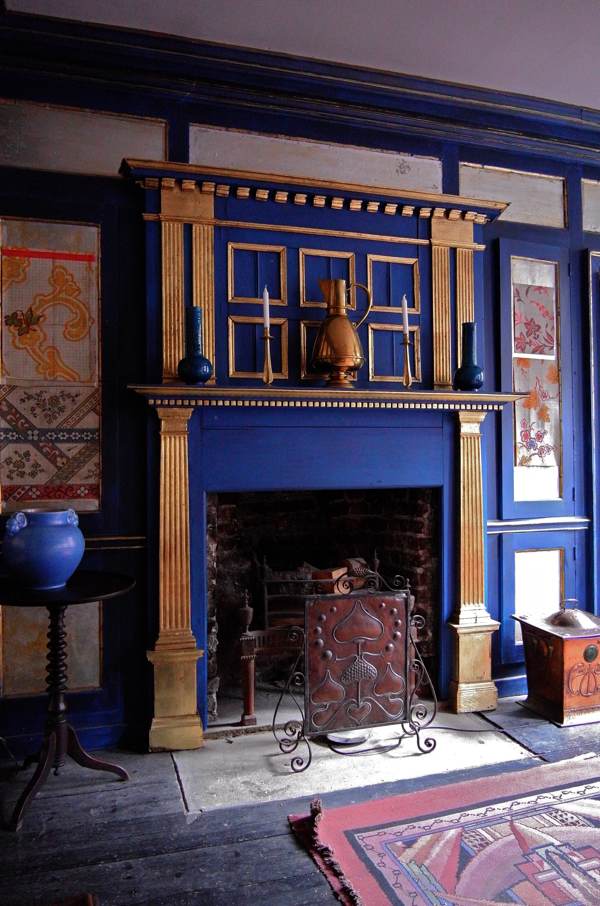
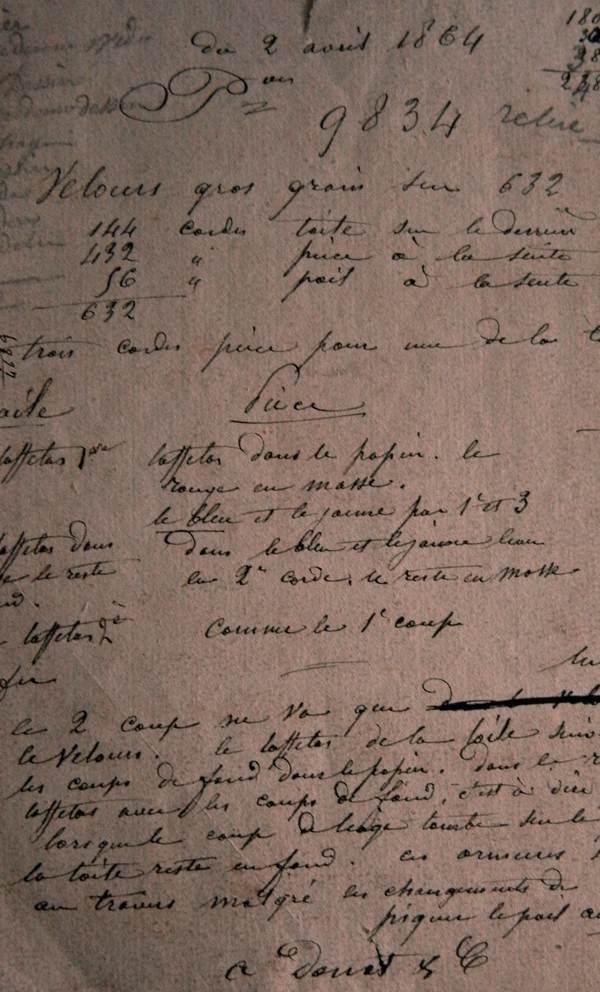
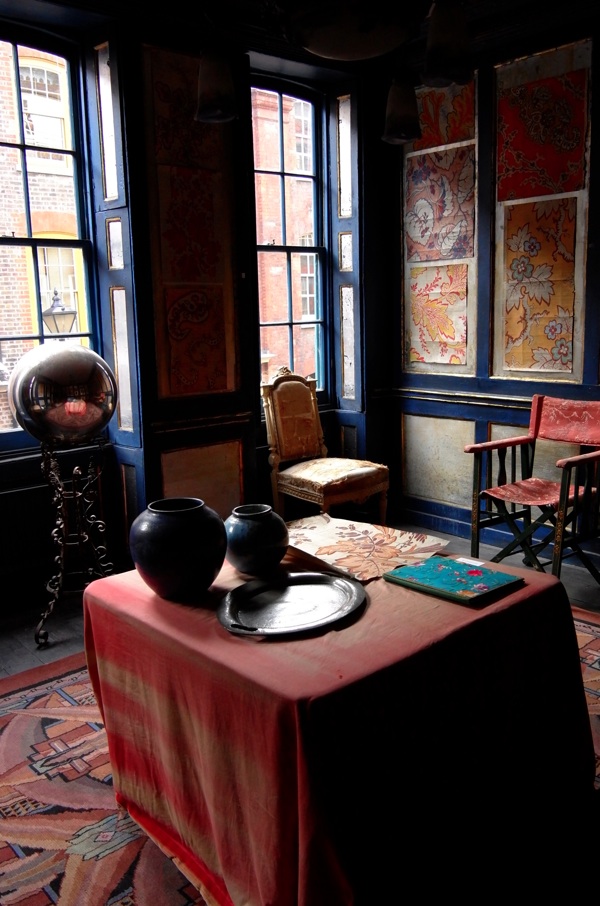

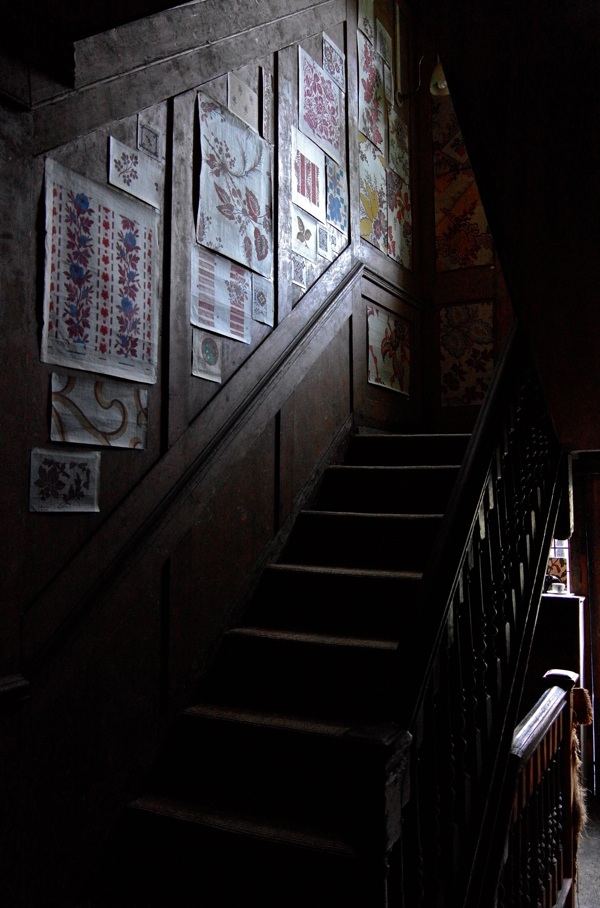

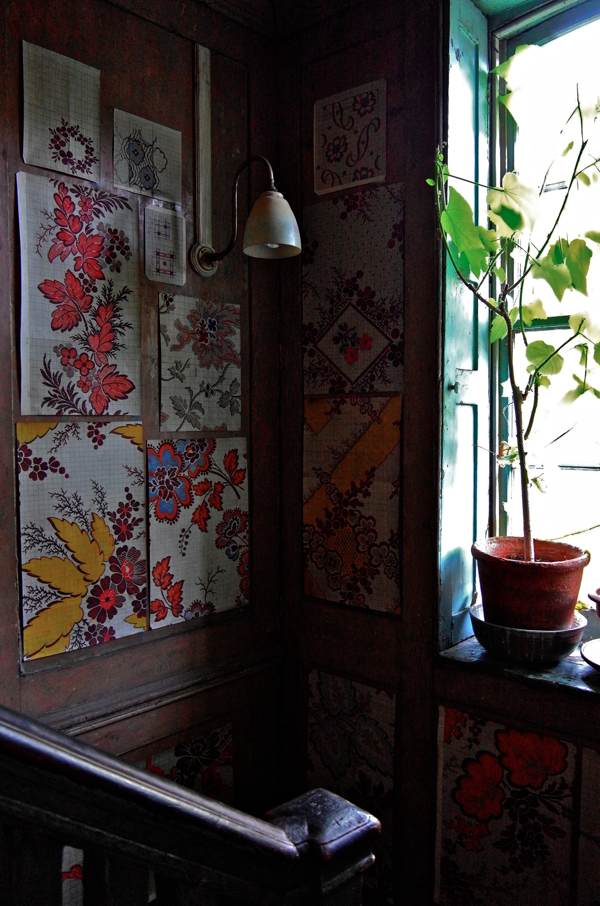
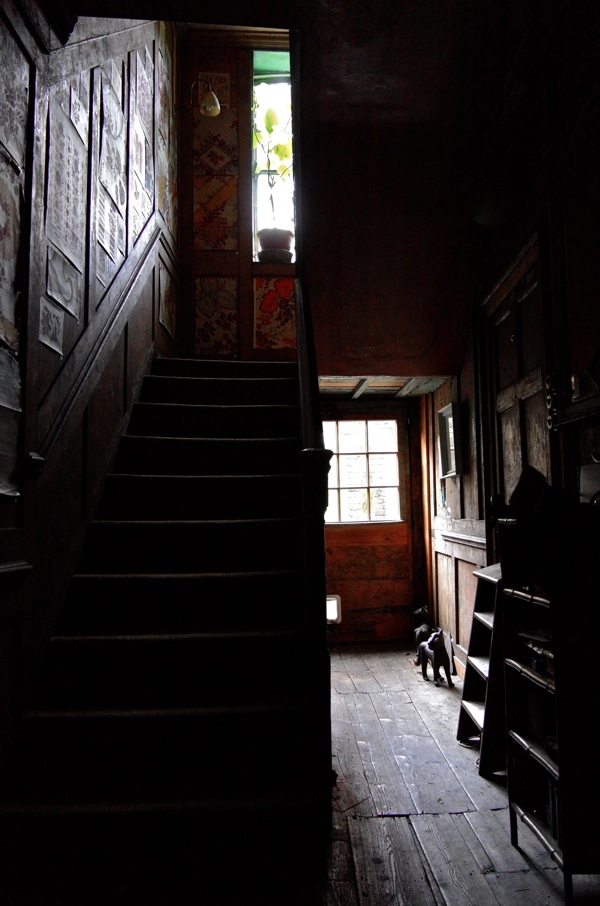
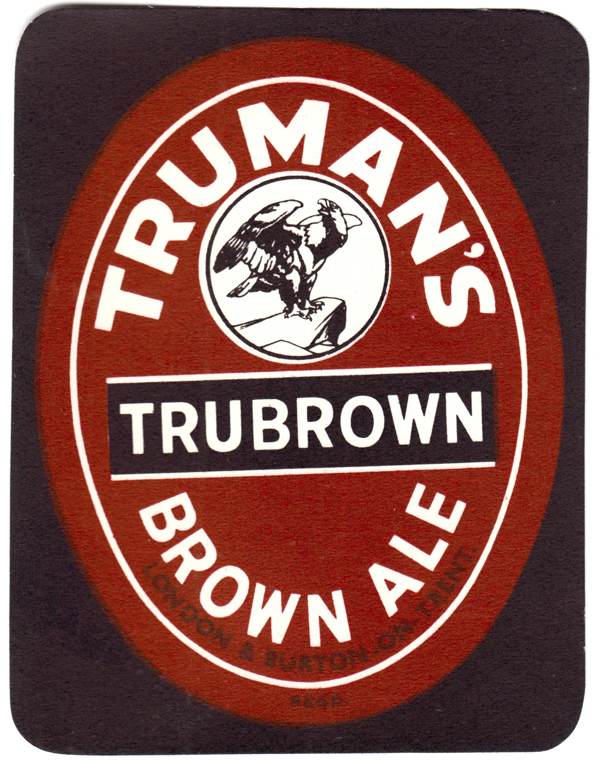
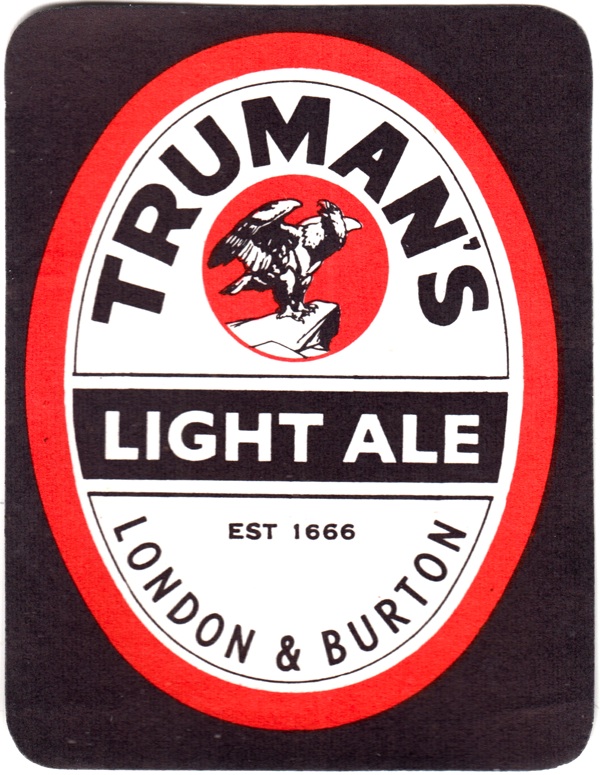
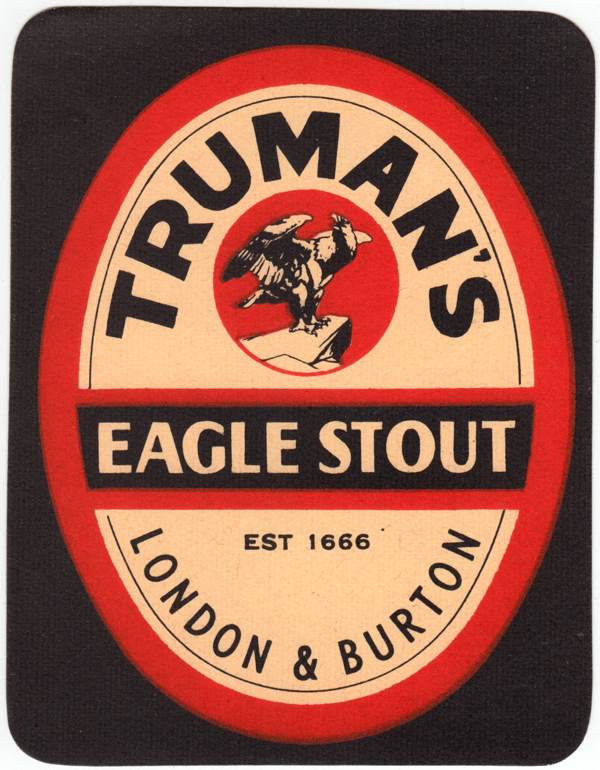
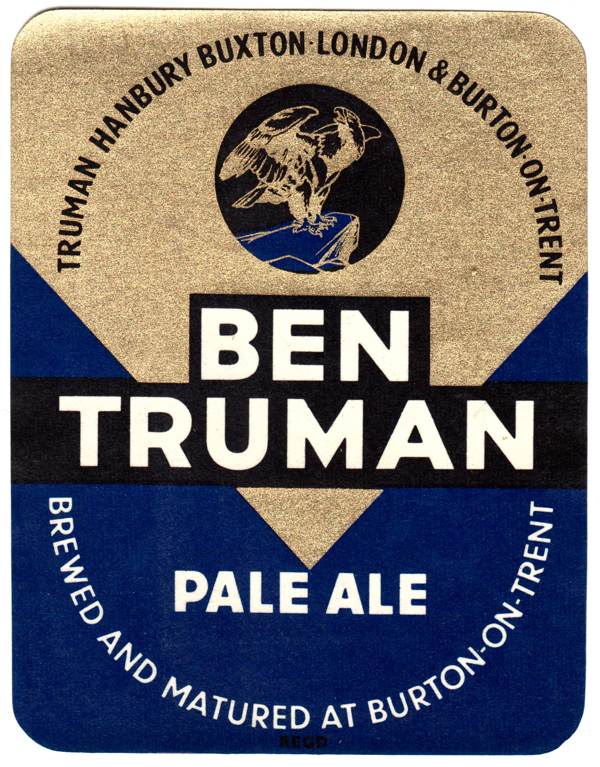
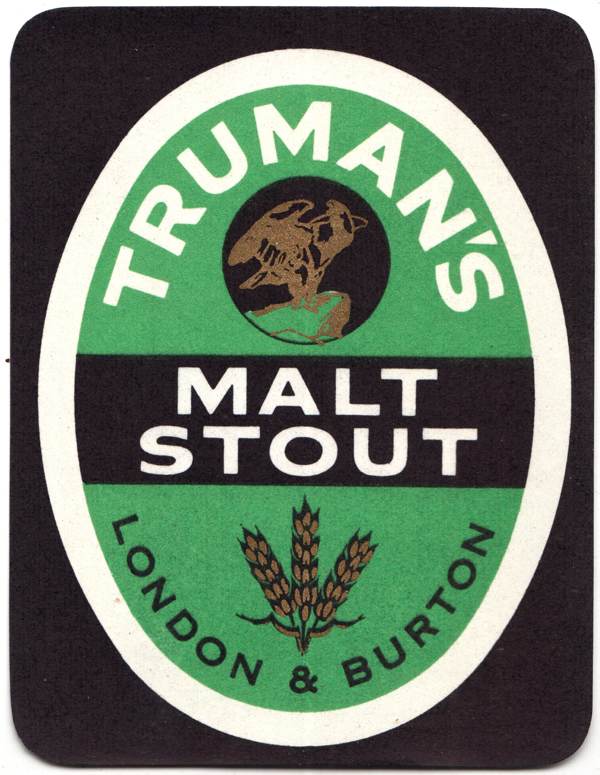

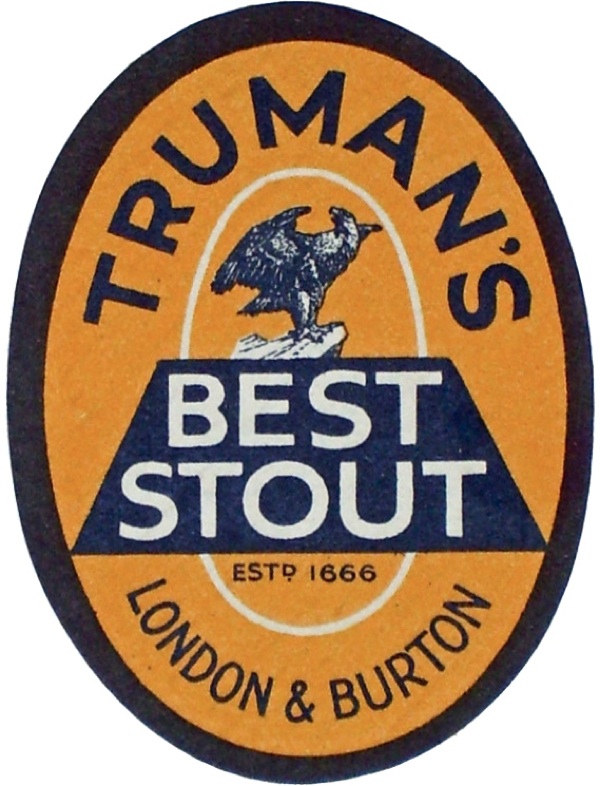

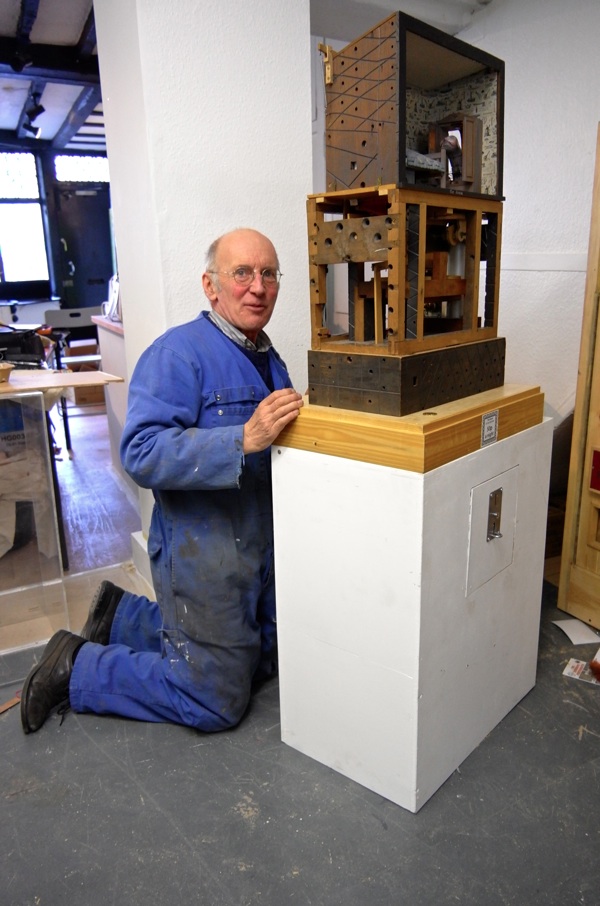
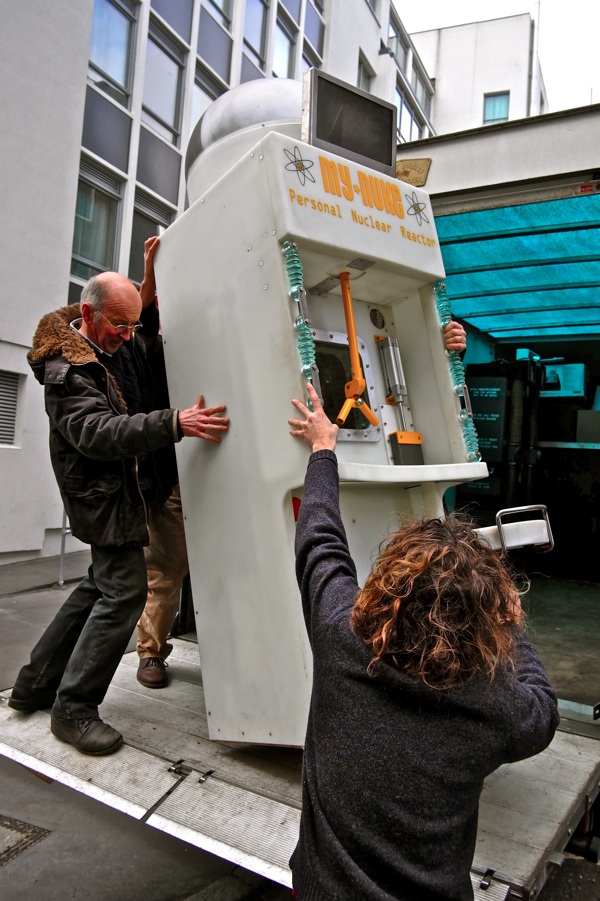
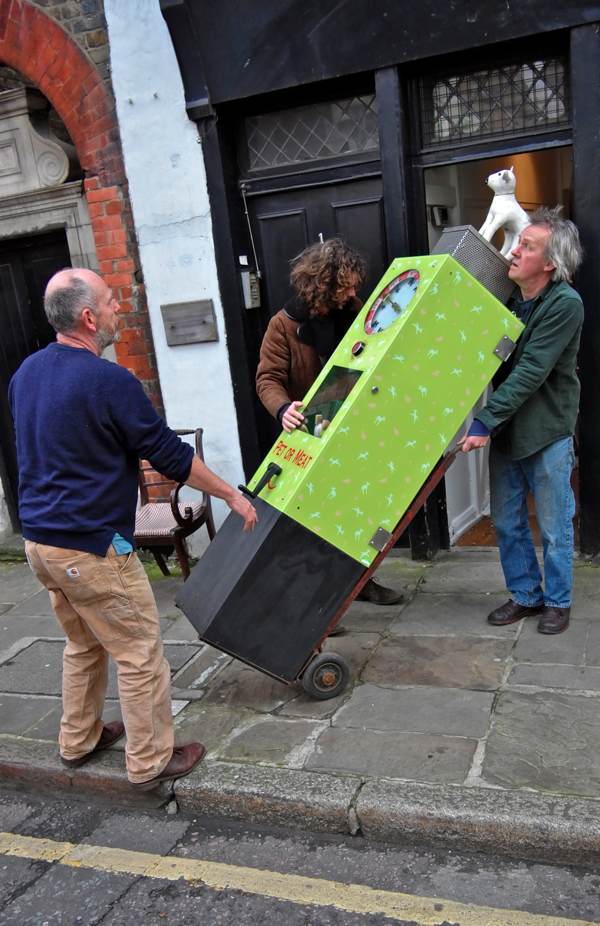
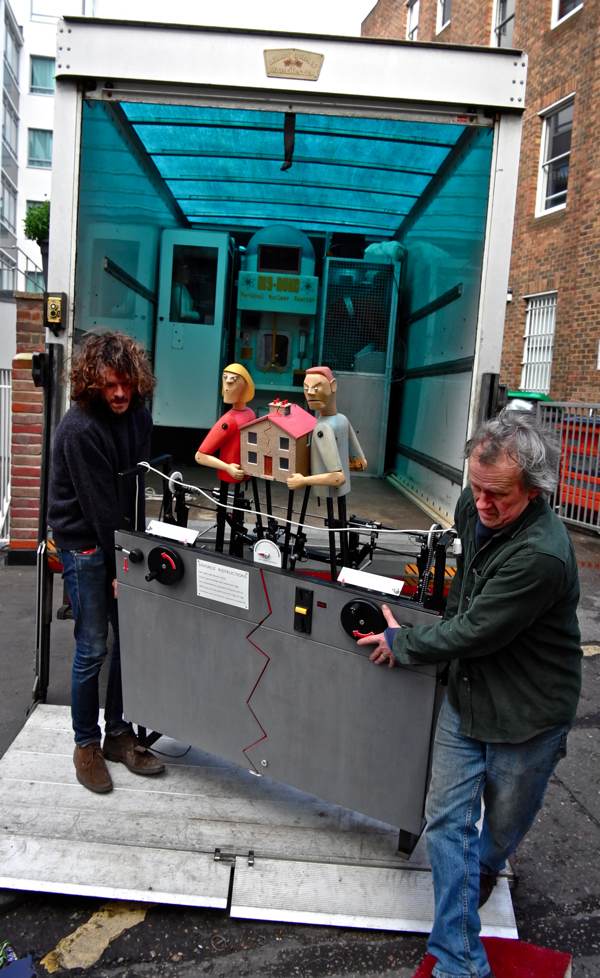
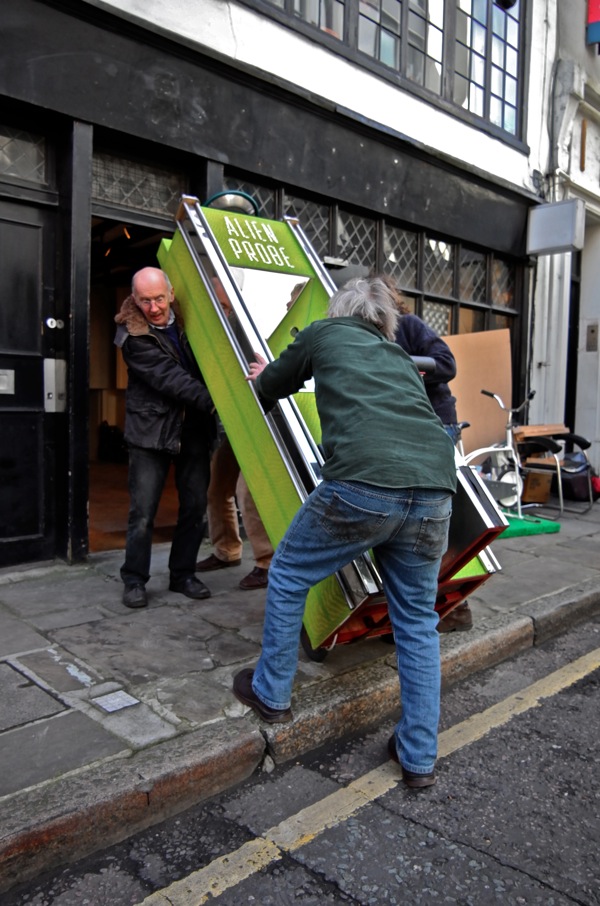

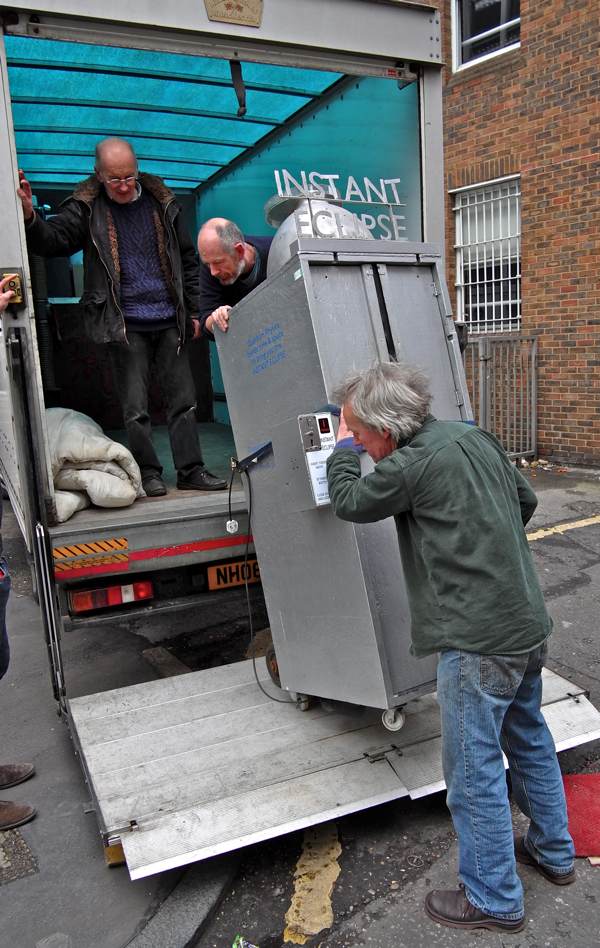
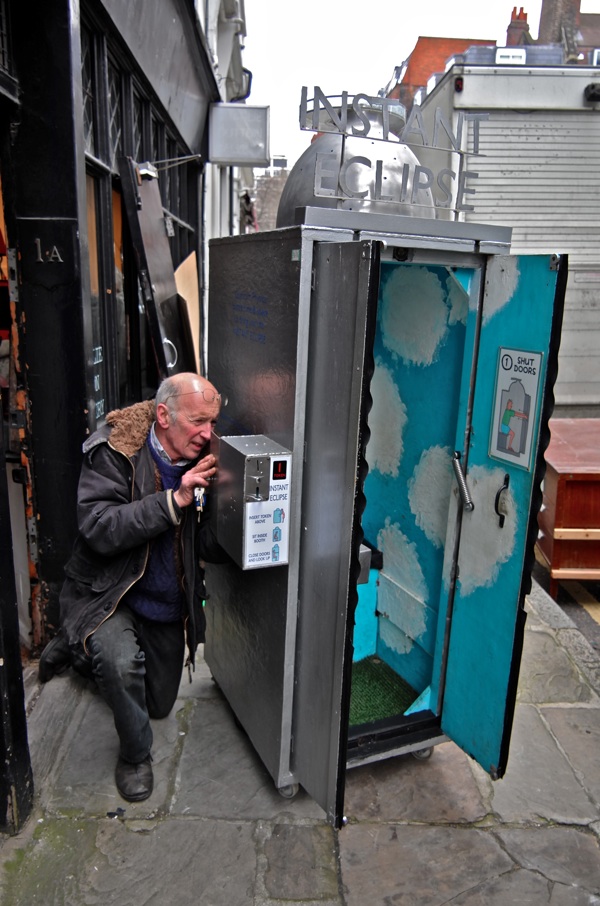



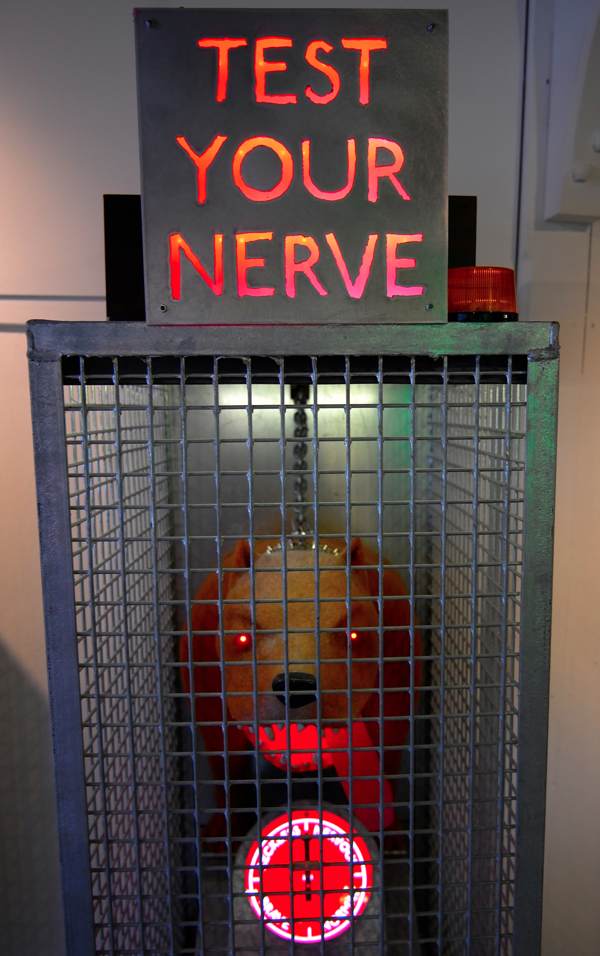
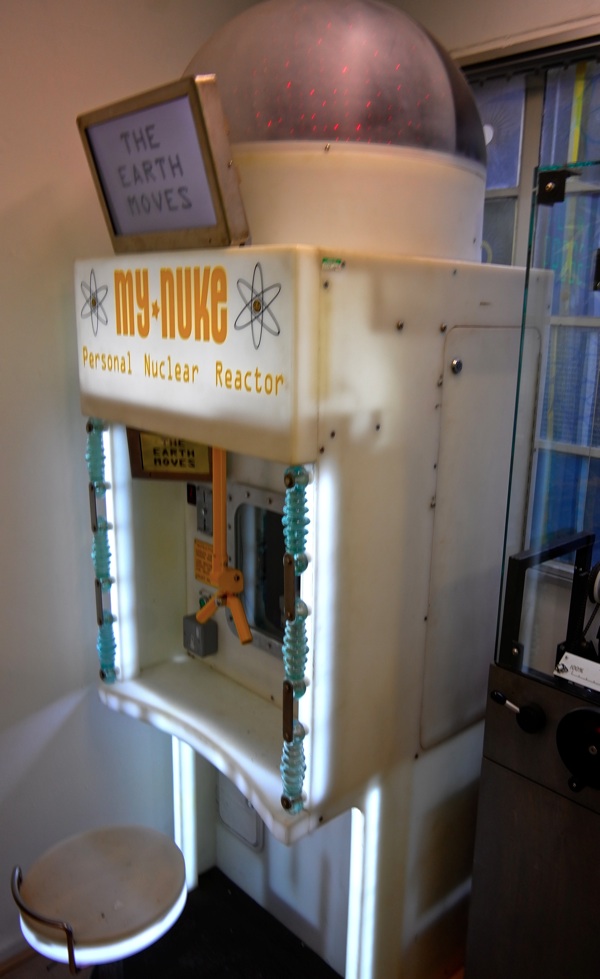

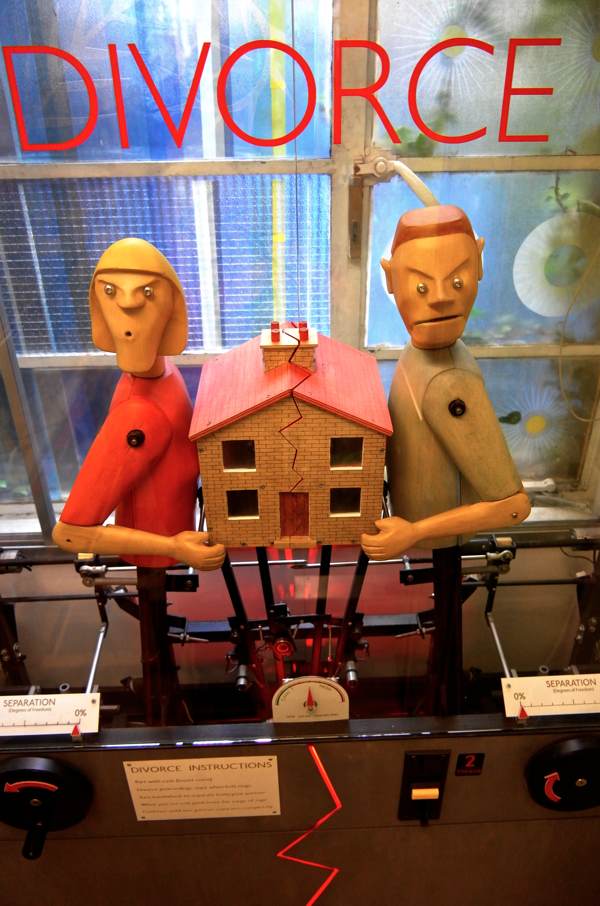


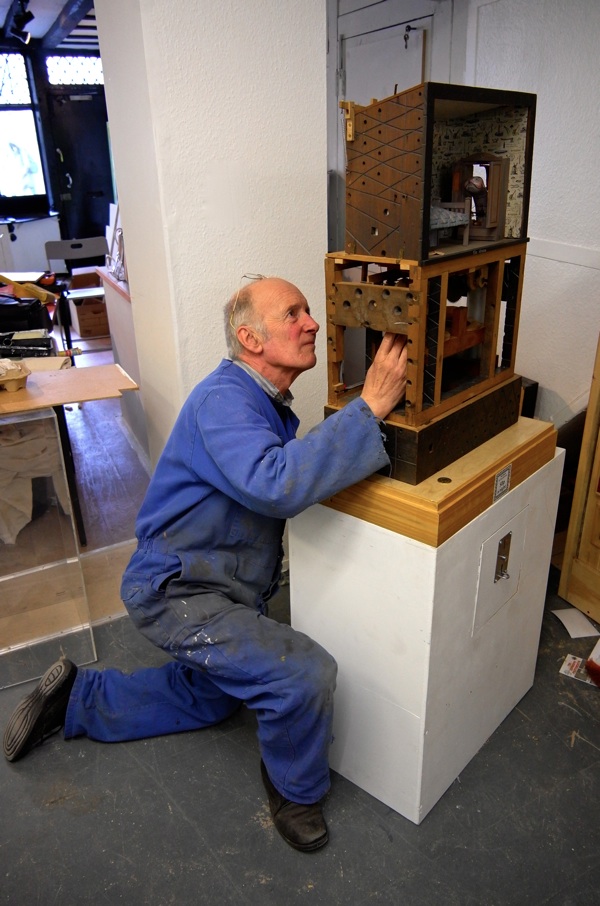
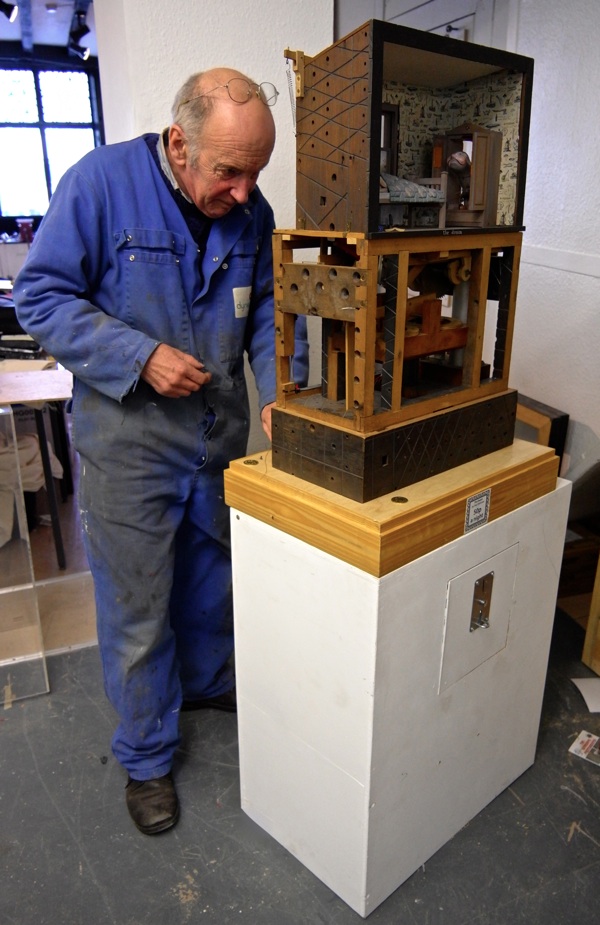

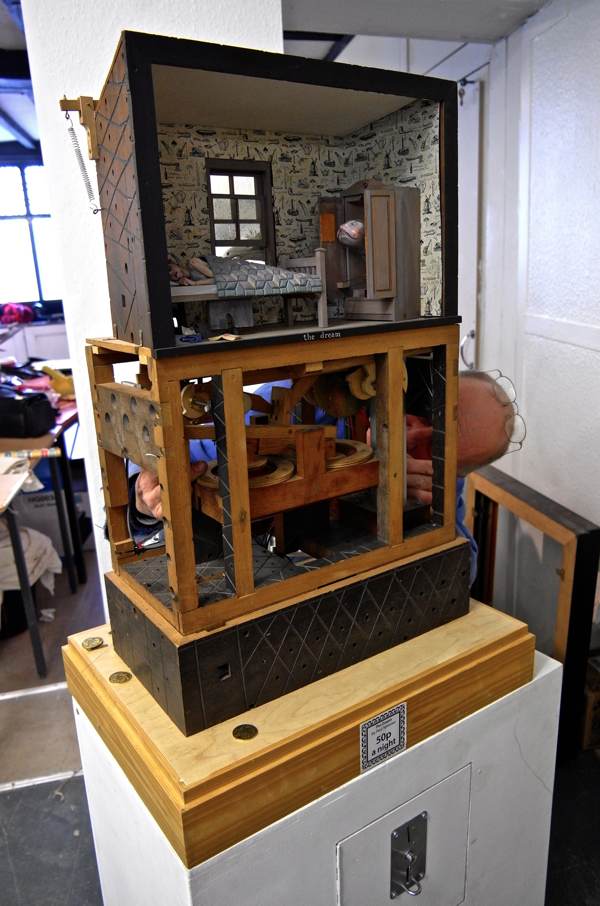
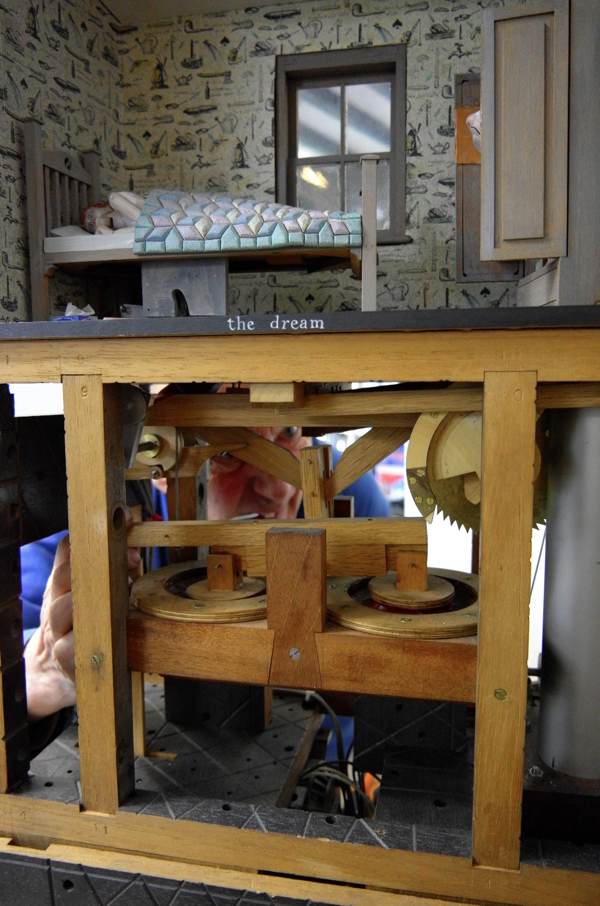
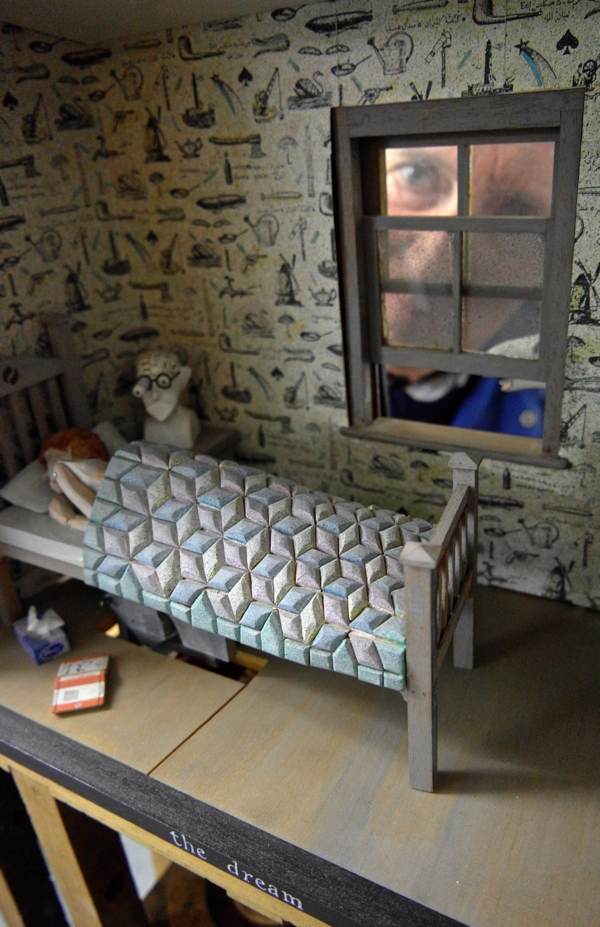

![Demolition Image[1]](http://spitalfieldslife.com/wp-content/uploads/2015/02/Demolition-Image14-600x417.jpg)

